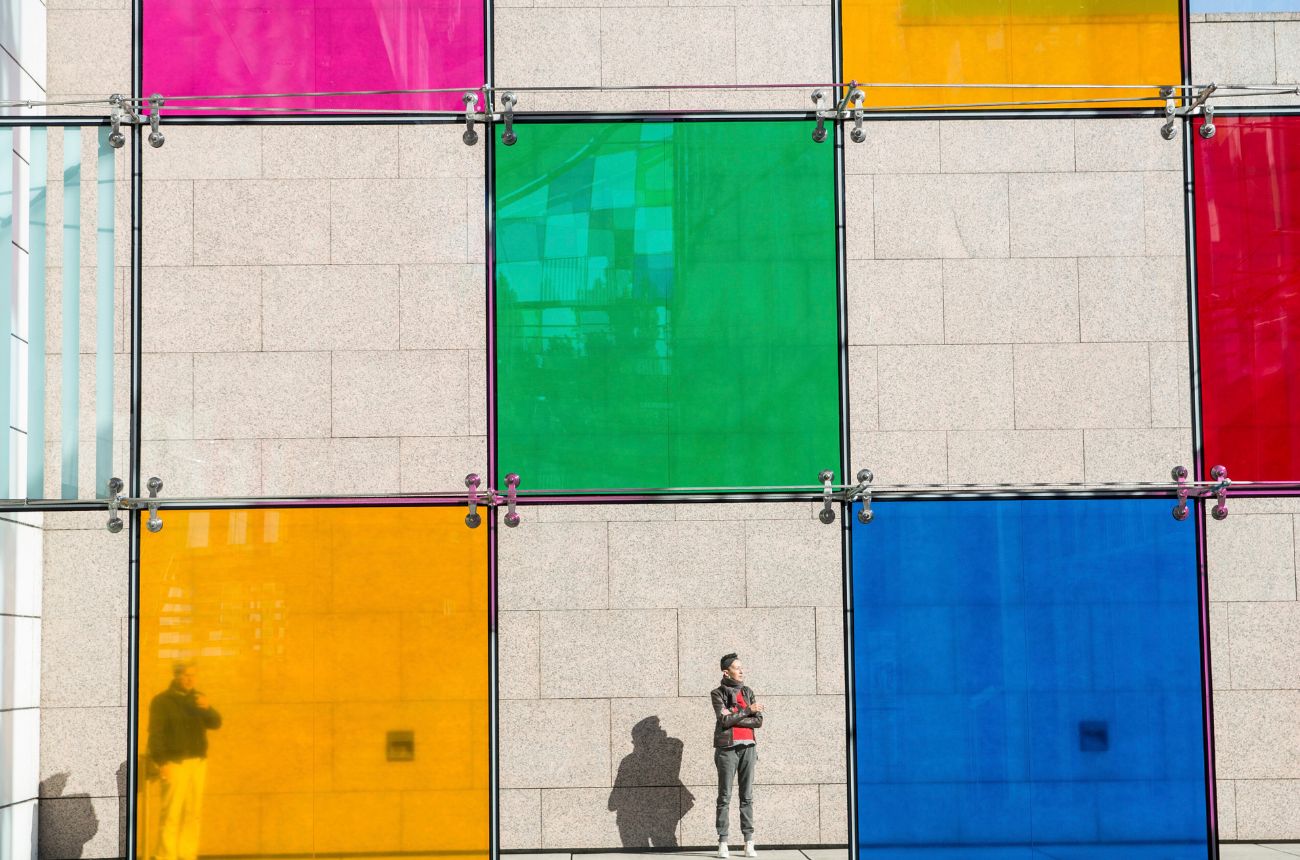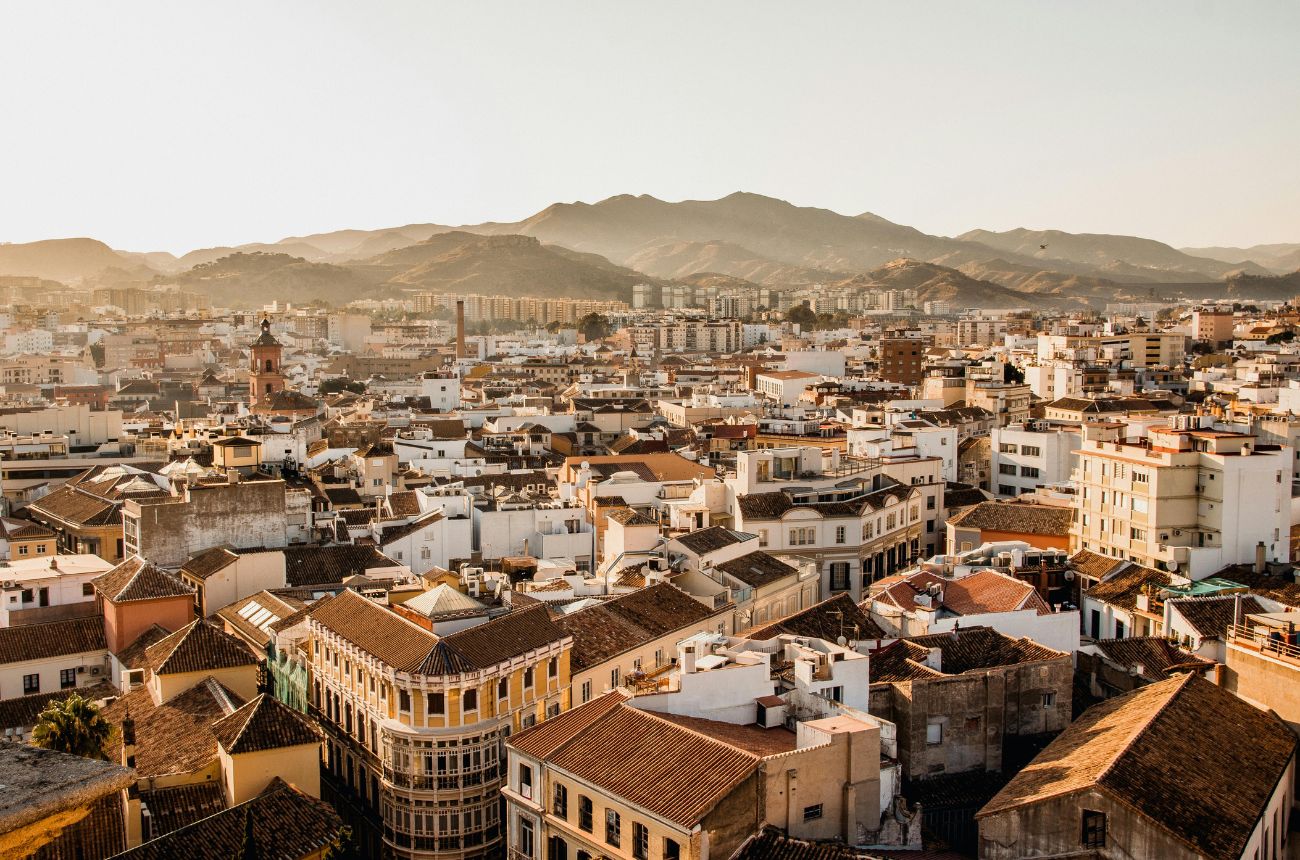History of Calle Larios, the Beating Heart of Málaga
Calle Larios is much more than Málaga’s most iconic street—it's the city’s social, commercial, and cultural heart. Elegant, lively, and full of history, this pedestrian avenue has witnessed the transformation of Málaga from the 19th century to today.
In this article, we take a look at the origins, evolution, and highlights of Calle Larios, so you can appreciate it with a deeper understanding as you stroll through. You can include this iconic street in a guided tour of Málaga's historic center to discover its history, architecture, and atmosphere with a local expert.
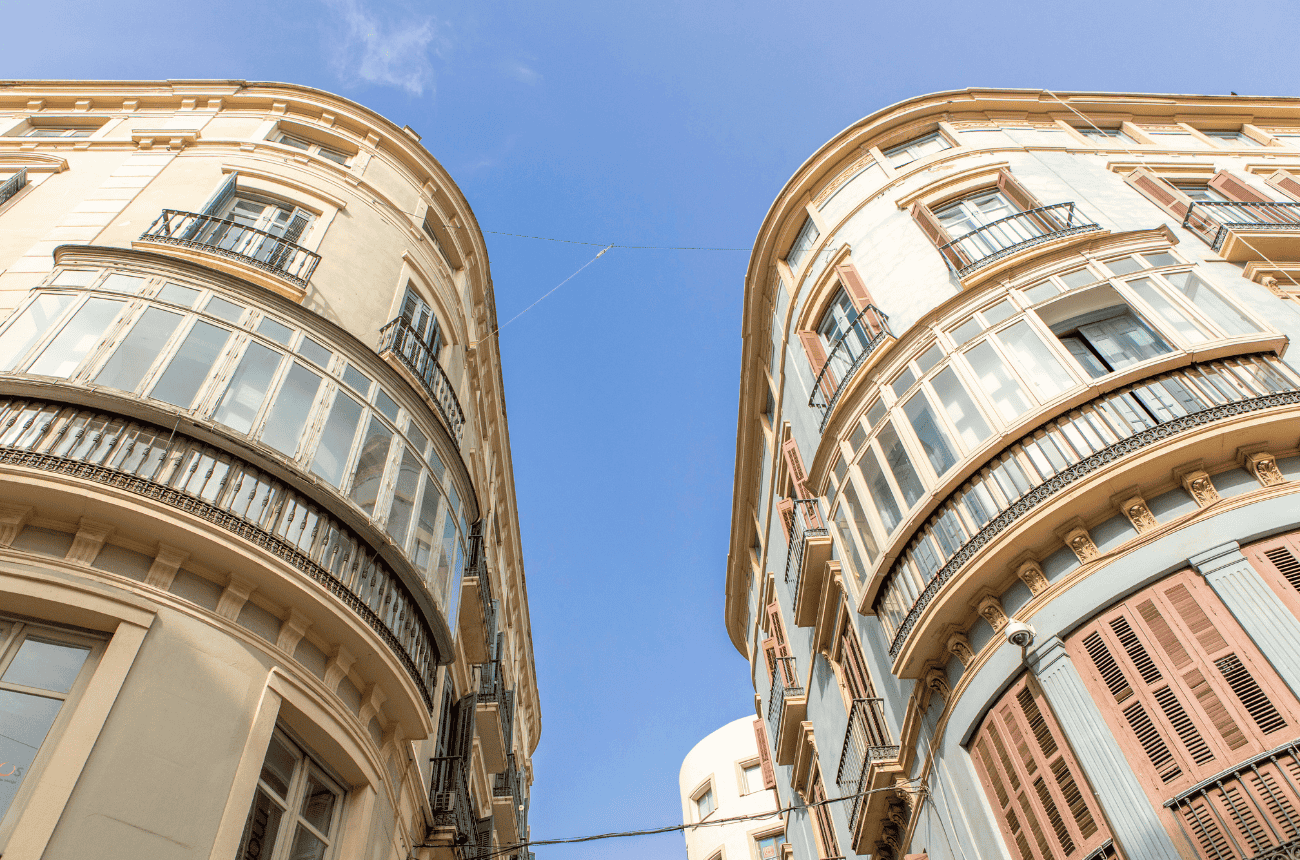
A Brief History
- Inaugurated in 1891, it was designed as a modern shopping boulevard inspired by Parisian urban planning.
- It’s named after the powerful Larios family, industrialists who financed much of the project and helped shape modern Málaga.
- Built over parts of the former Moorish layout of the old town, its creation was a turning point in the city’s modernization.
Architectural Highlights
- Flanked by symmetrical neoclassical buildings, Calle Larios exudes elegance and urban harmony.
- Its wide layout and smooth marble paving make it perfect for strolling, shopping, or people-watching.
Cultural and Social Hub
Calle Larios is also Málaga’s main stage for public celebrations:
- Feria de Málaga: music, dancing, and Andalusian tradition take over the street by day.
- Holy Week: part of the official procession route.
- Christmas: renowned for its stunning light and sound shows—among the most famous in Spain.
- The street also hosts fashion shows, live concerts, and cultural events all year round.
What to Do on Calle Larios and Nearby
- Browse its shops, cafés, and ice cream parlors.
- Rest in Plaza de la Constitución, located at its northern end.
- Walk down toward Muelle Uno, or visit nearby sights like the Carmen Thyssen Museum.
👉 Include this area in a guided tour of Málaga’s historic center
Calle Larios is far more than a commercial street—it’s the urban soul of Málaga. A place where architecture, tradition, and everyday life come together. If you're visiting the city, take your time here… and if possible, experience it during one of its festive moments—it’ll be unforgettable. If you visit the city, make time for it... and if you can, experience it during one of its major festivals, such as the Málaga Fair or Holy Week in Málaga. It will be unforgettable.
Frequently Asked Questions
When was Calle Larios built?
It was inaugurated in 1891 as a modern commercial avenue, inspired by the Parisian boulevards.
Why is it called Calle Larios?
It’s named after the influential Larios family, who funded much of its construction and shaped Málaga’s industrial era.
What architectural style is Calle Larios known for?
Neoclassical—symmetrical and elegant buildings that give the street a stately, refined look.
What events happen on Calle Larios?
Málaga Fair, Holy Week processions, Christmas light shows, fashion shows, and open-air concerts.
What can you do around Calle Larios?
Enjoy shopping, sit at Plaza de la Constitución, visit Carmen Thyssen Museum or walk down to Muelle Uno.

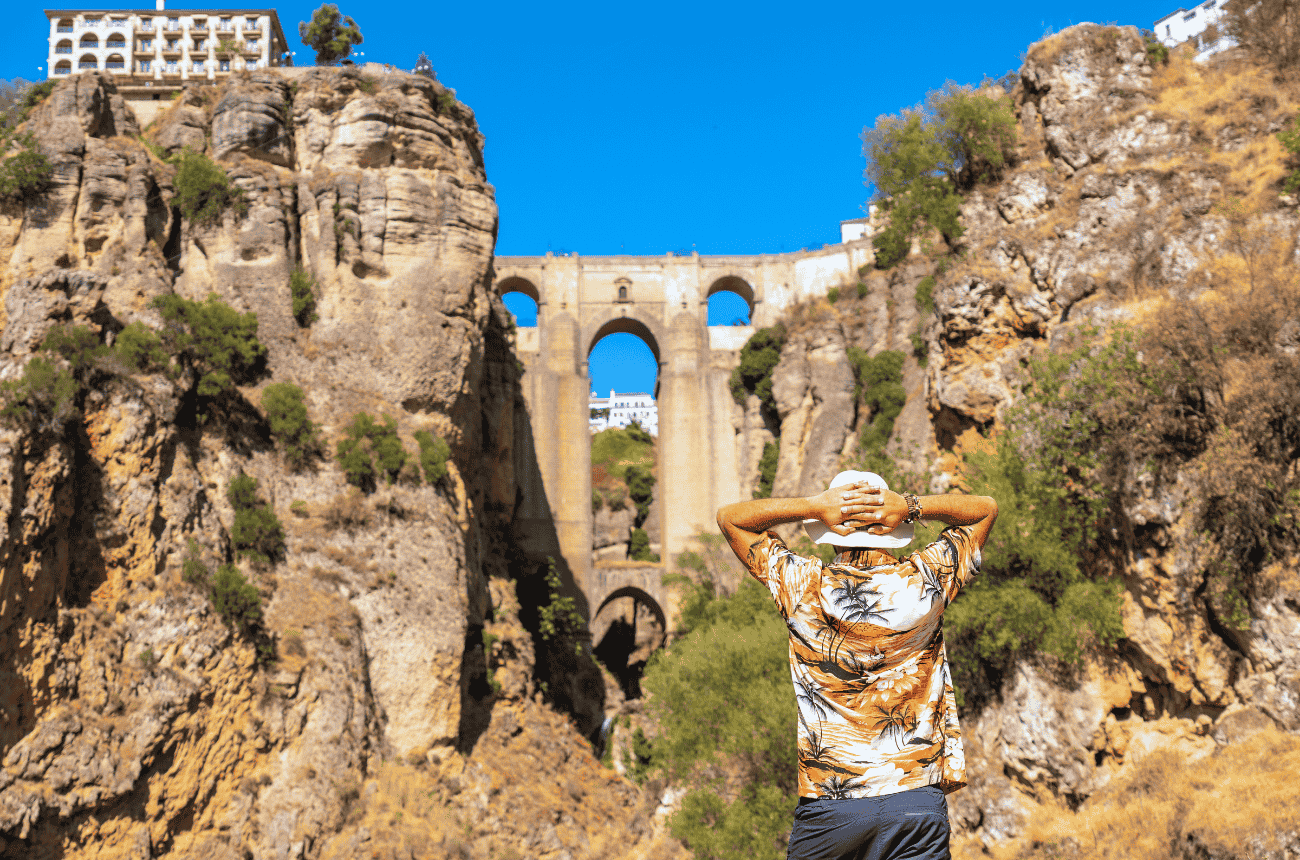
.png)

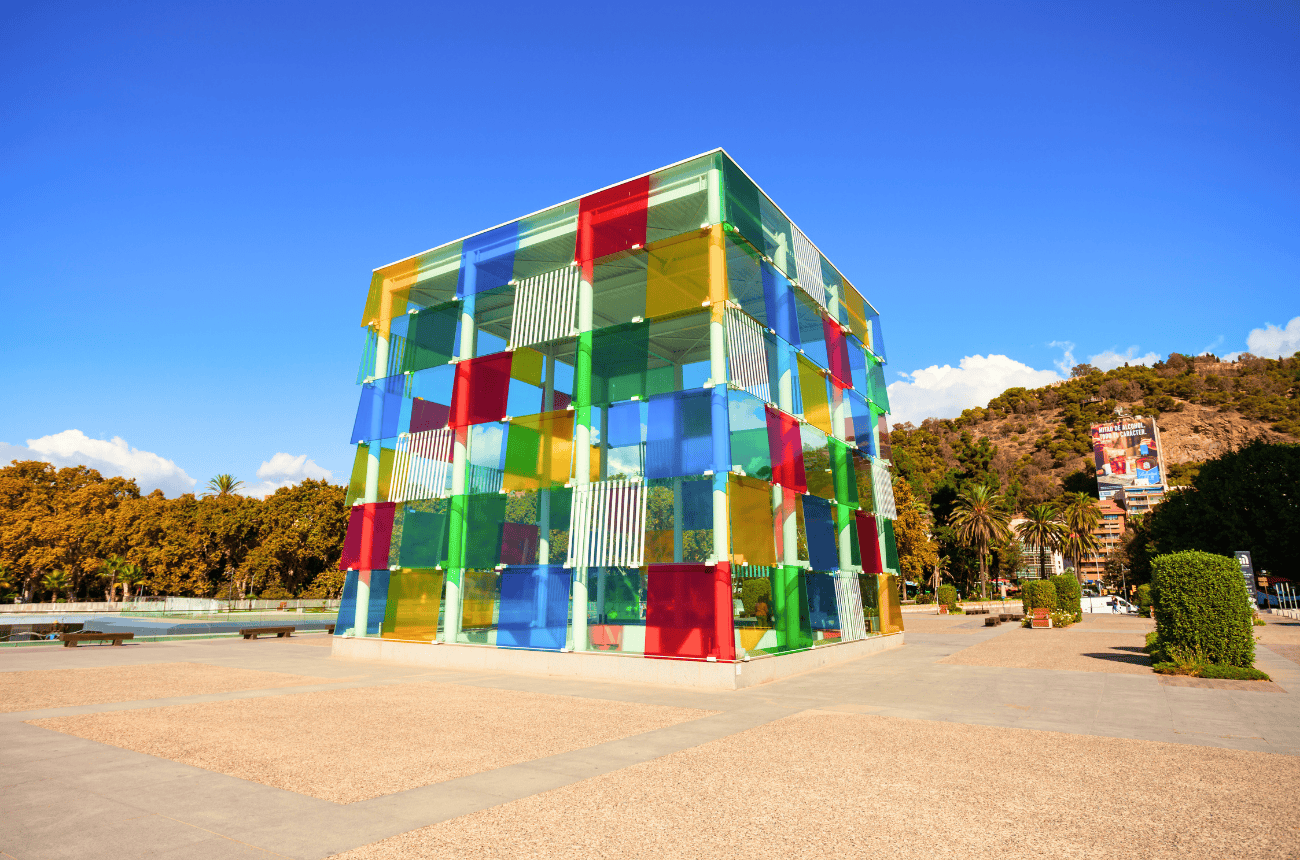
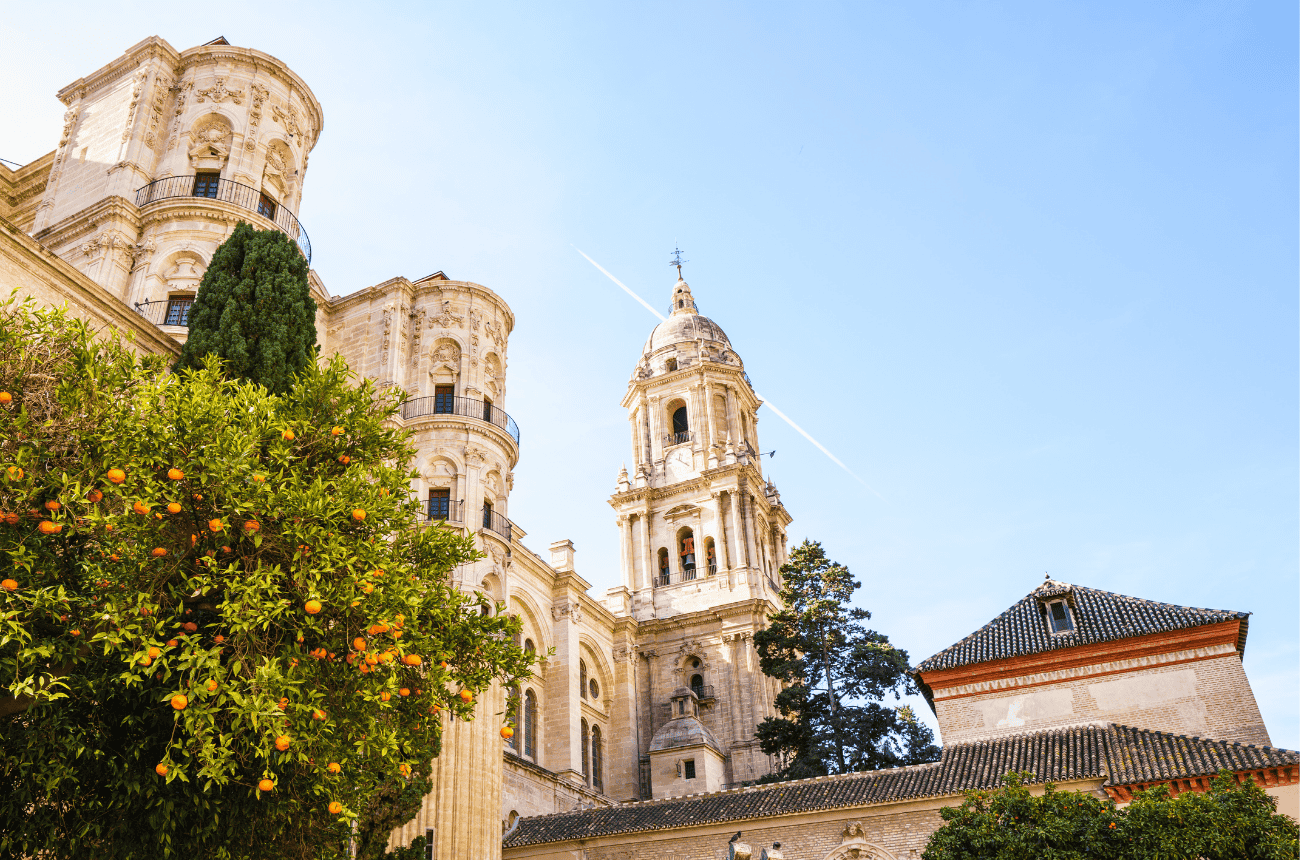
.png)
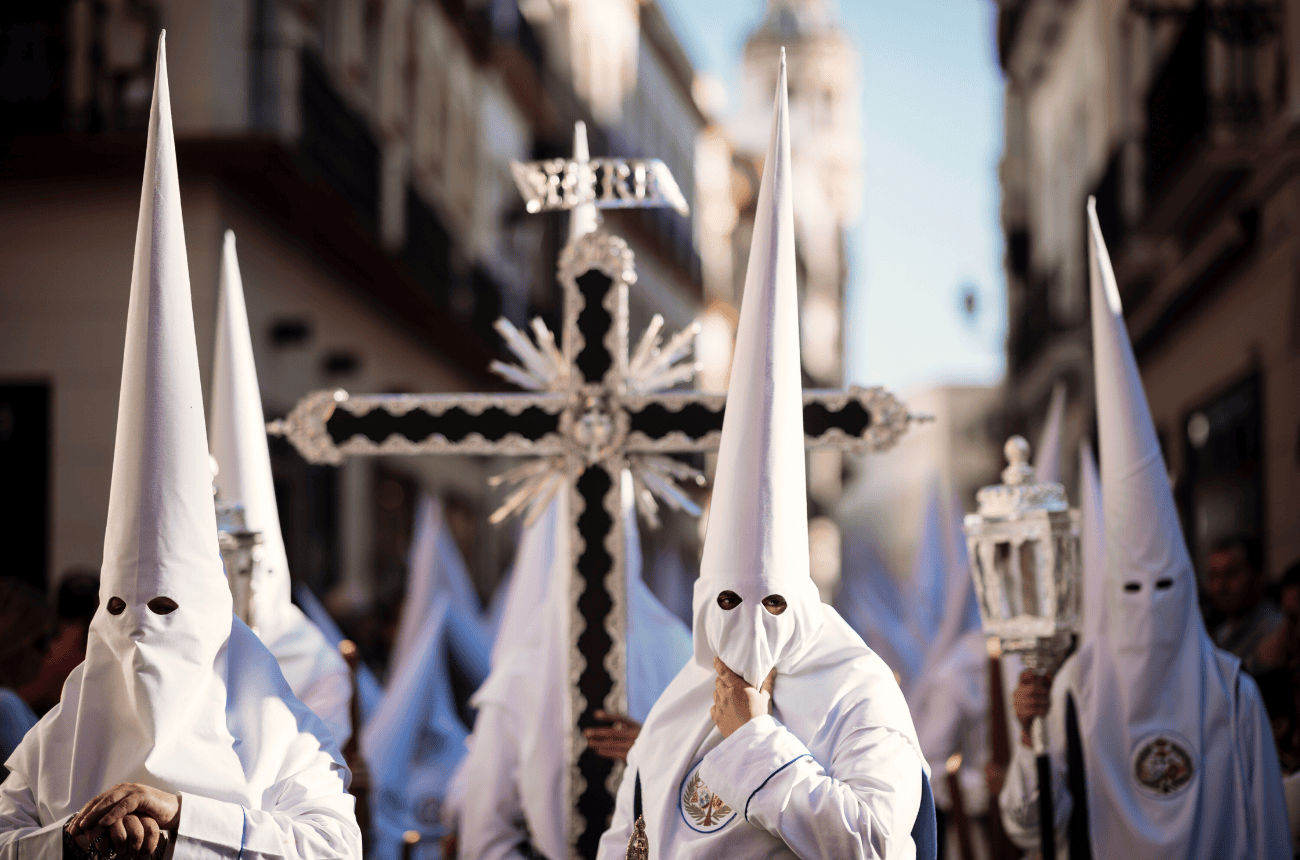
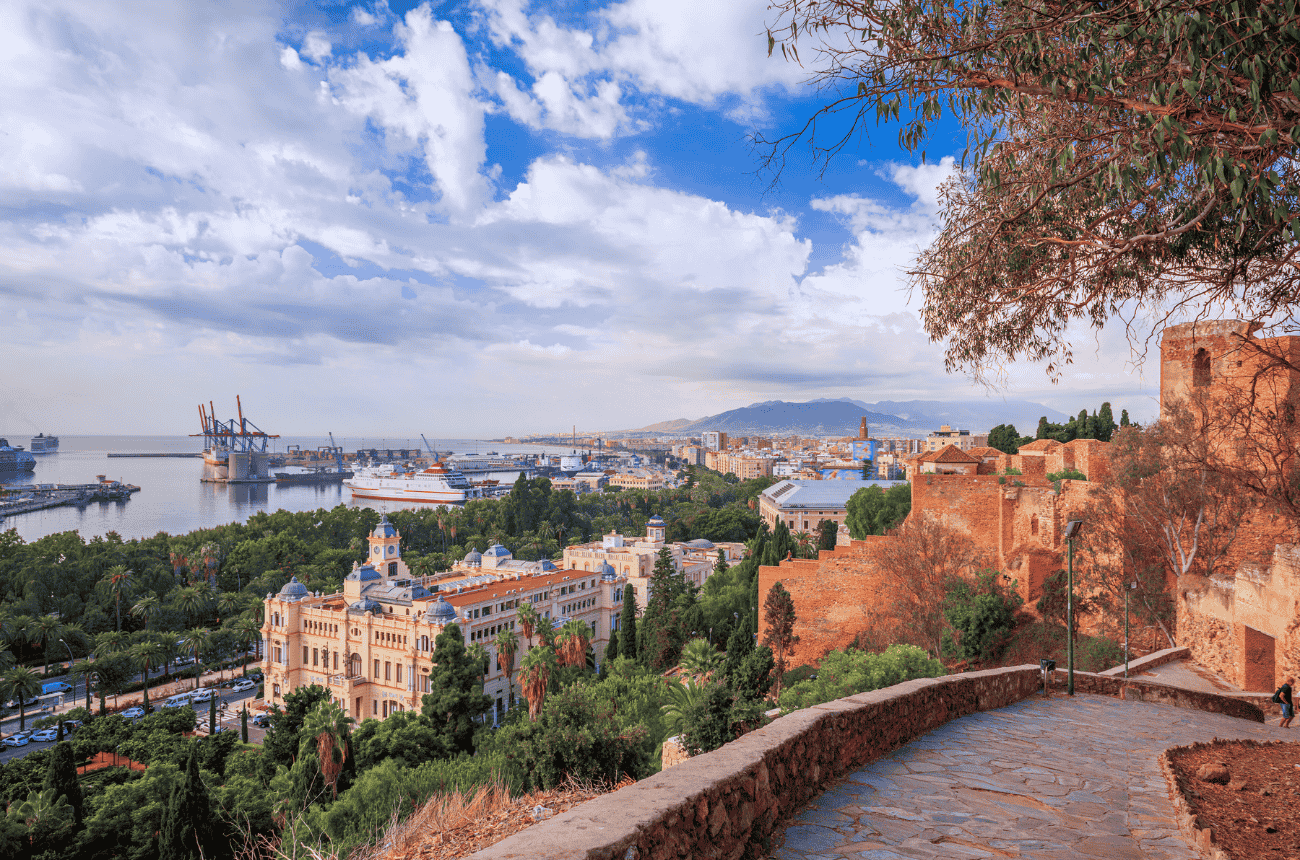
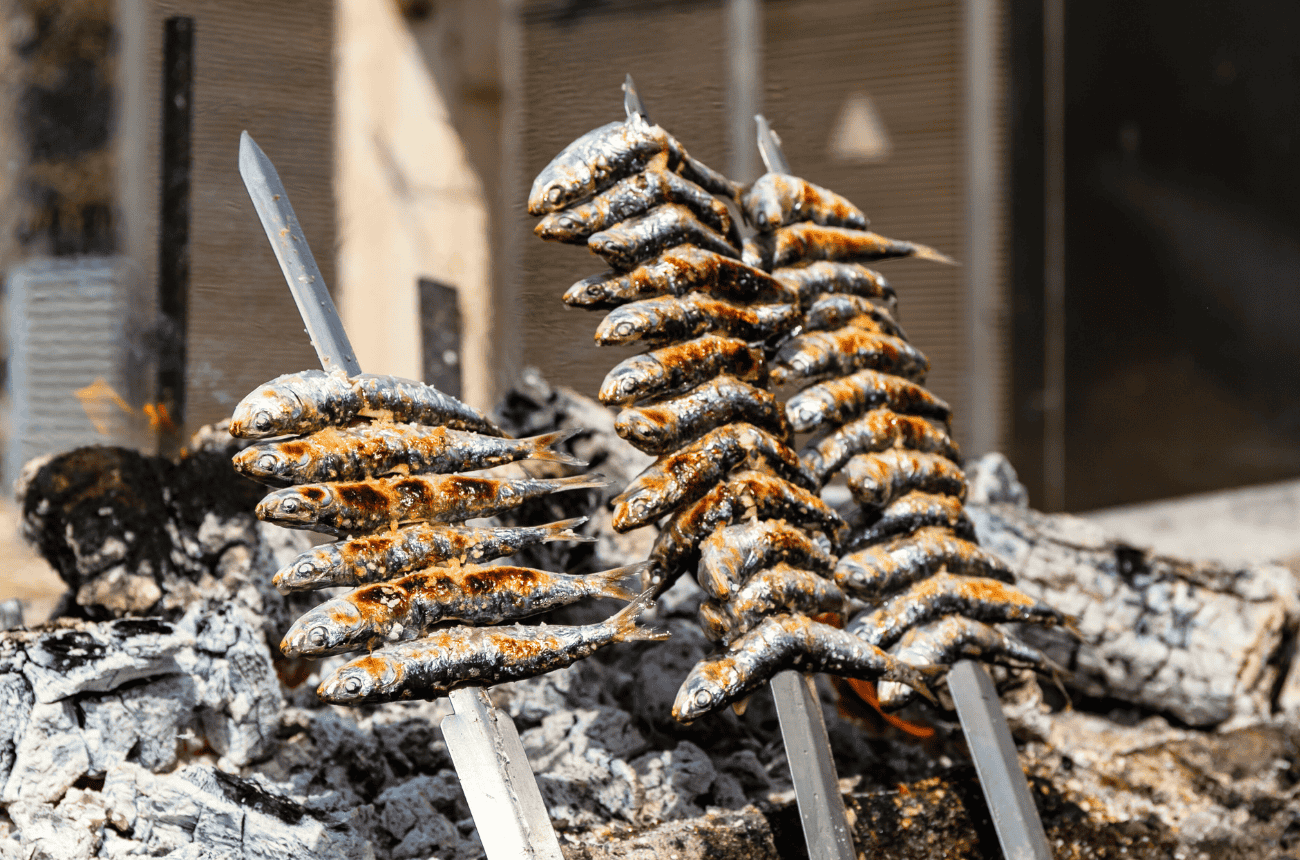
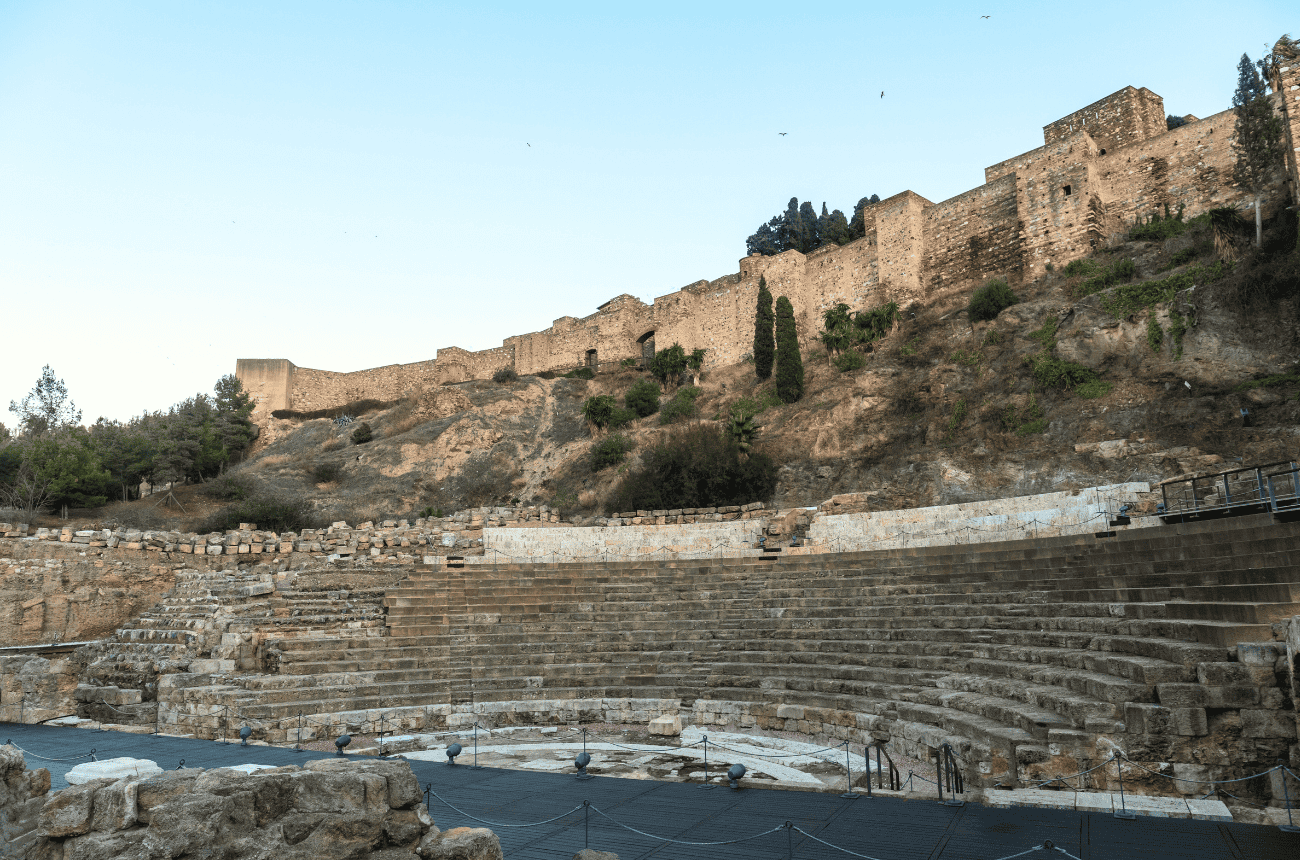
.png)
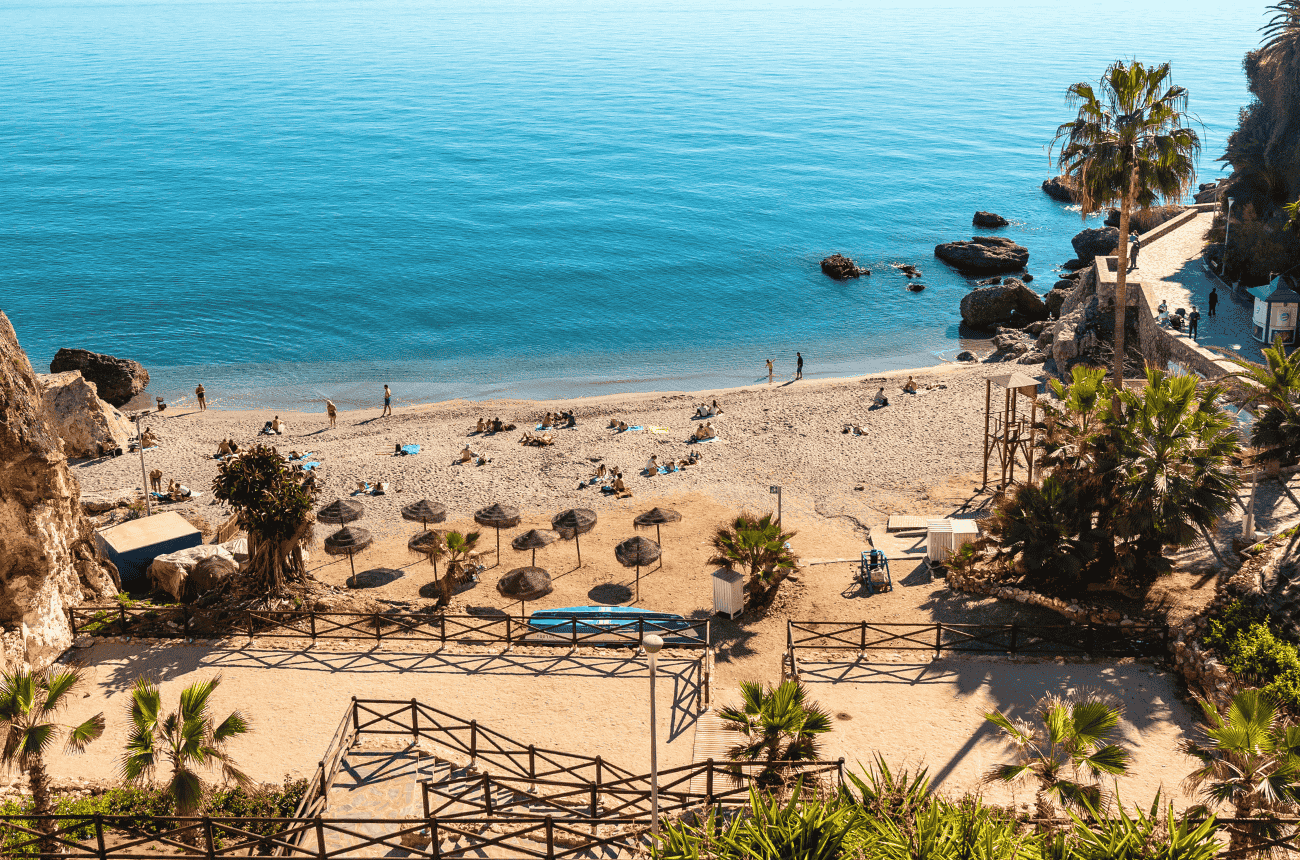
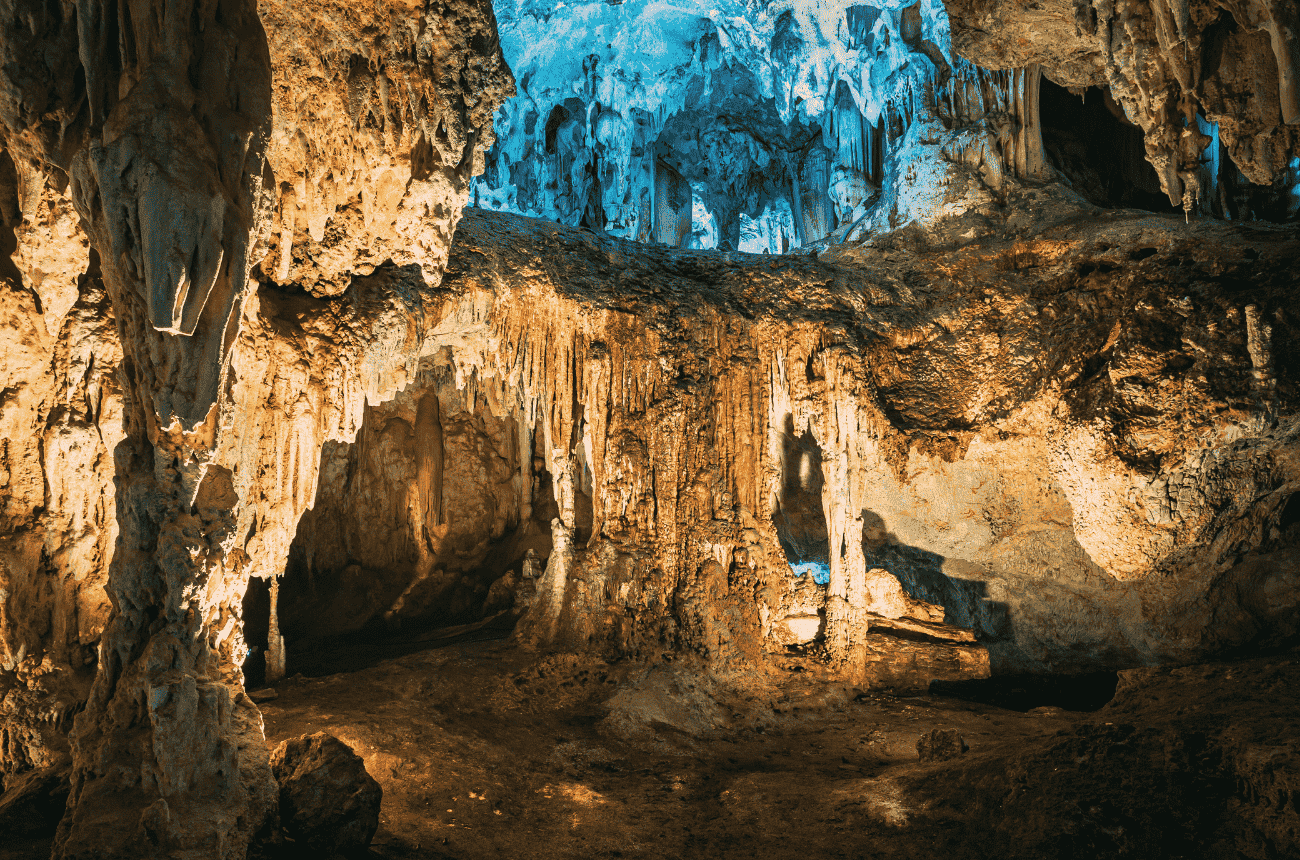

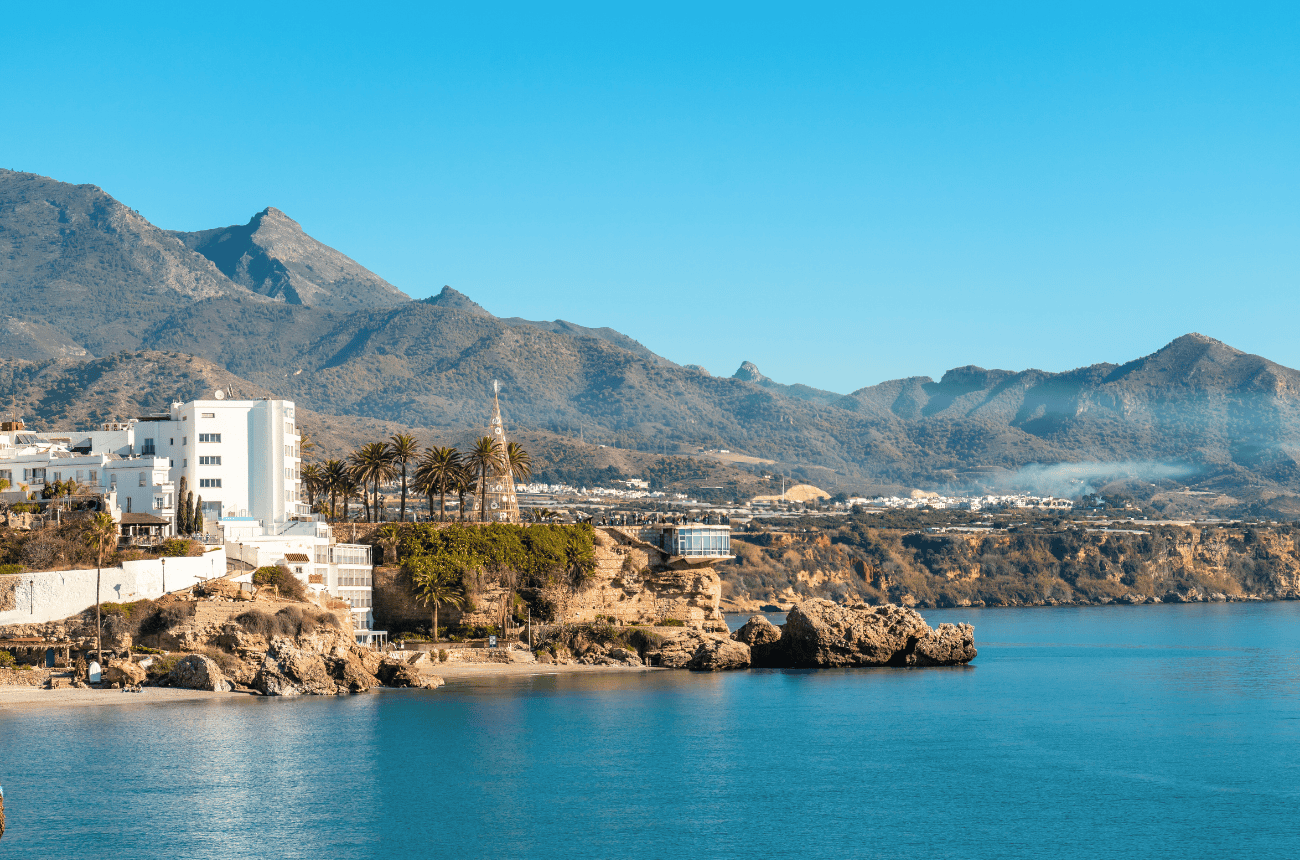
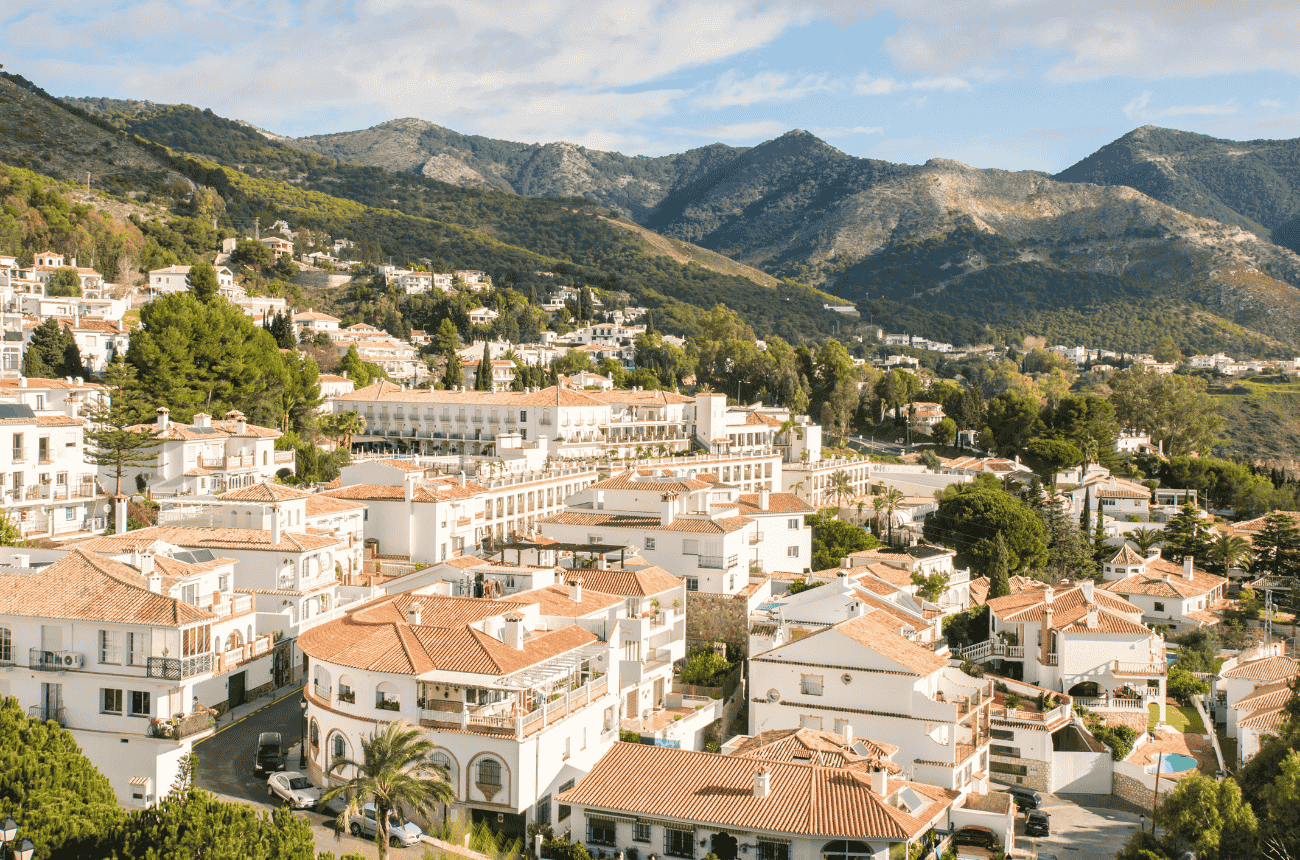
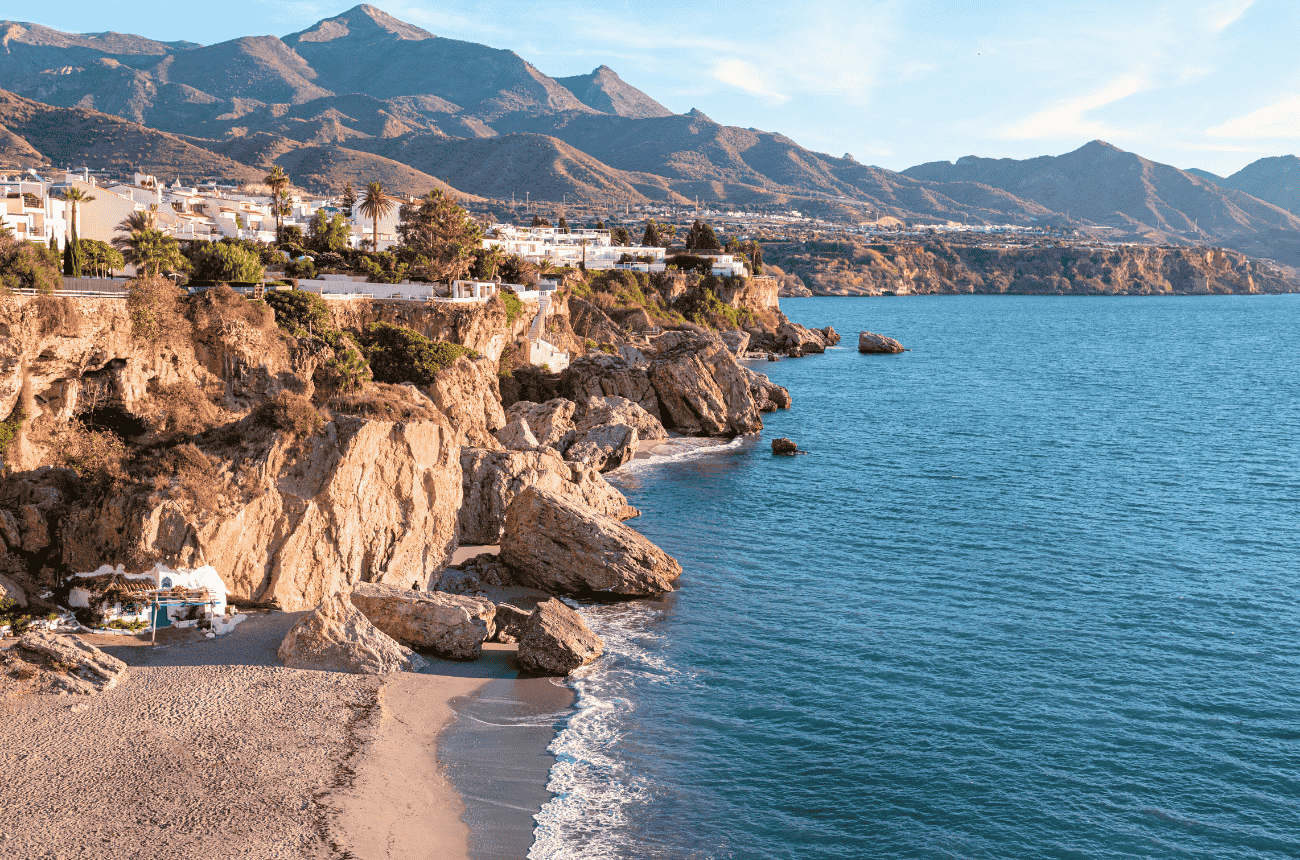
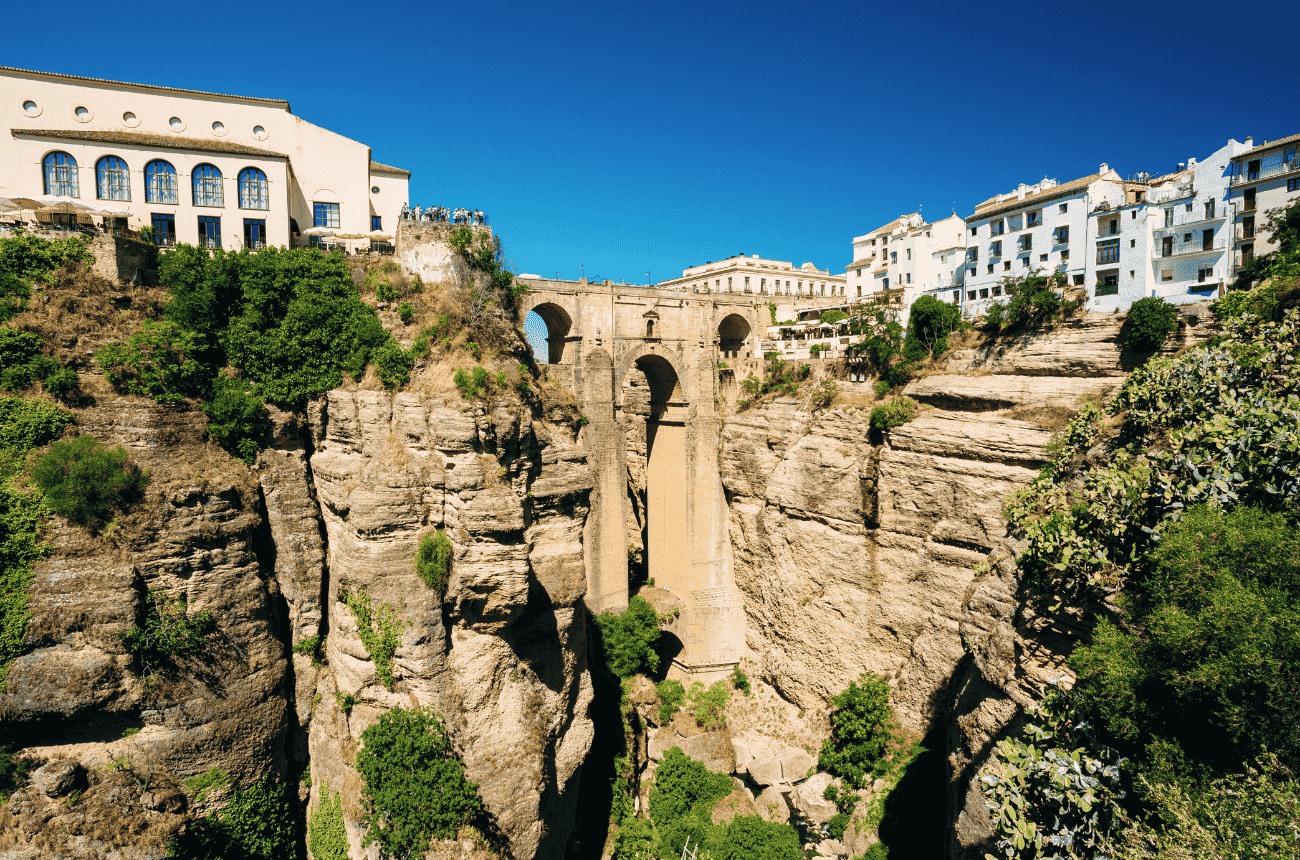
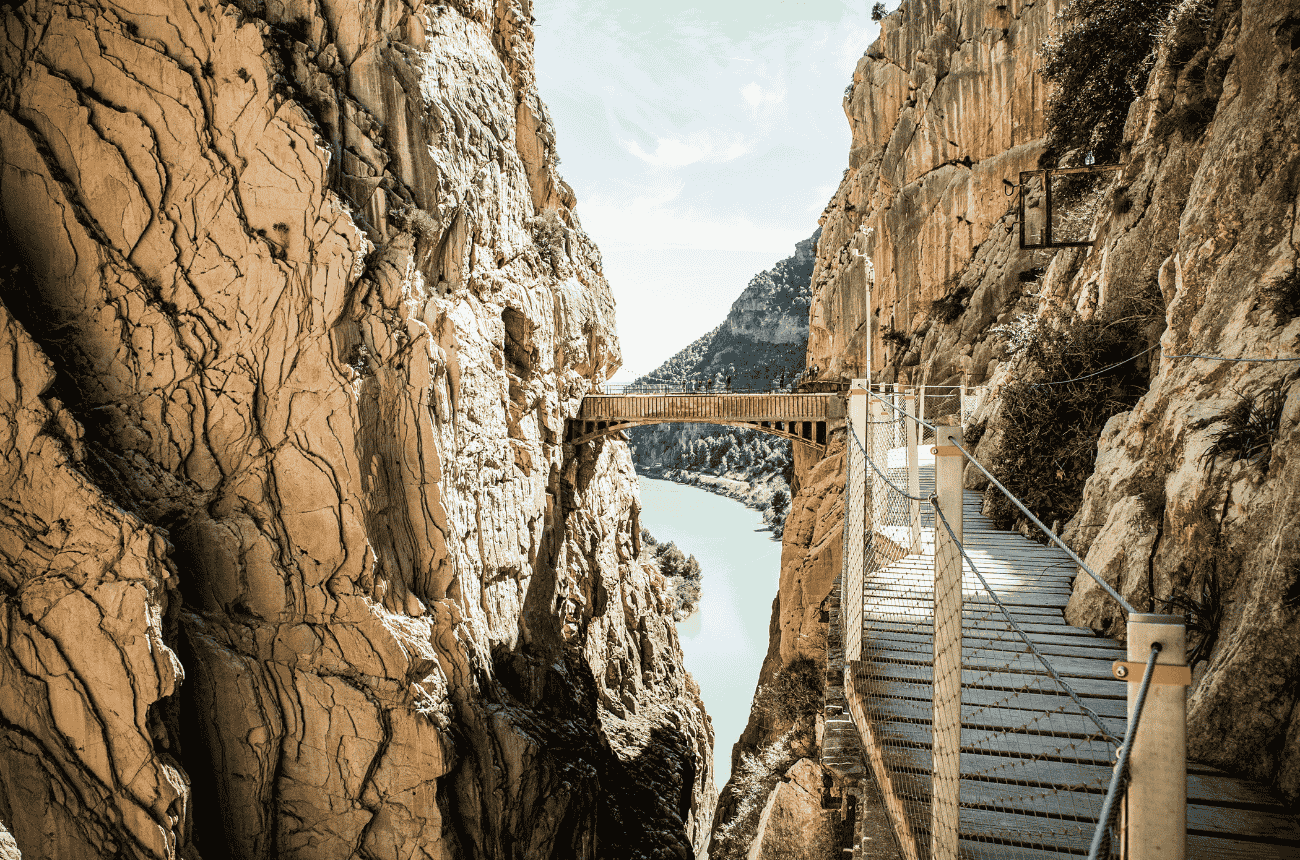
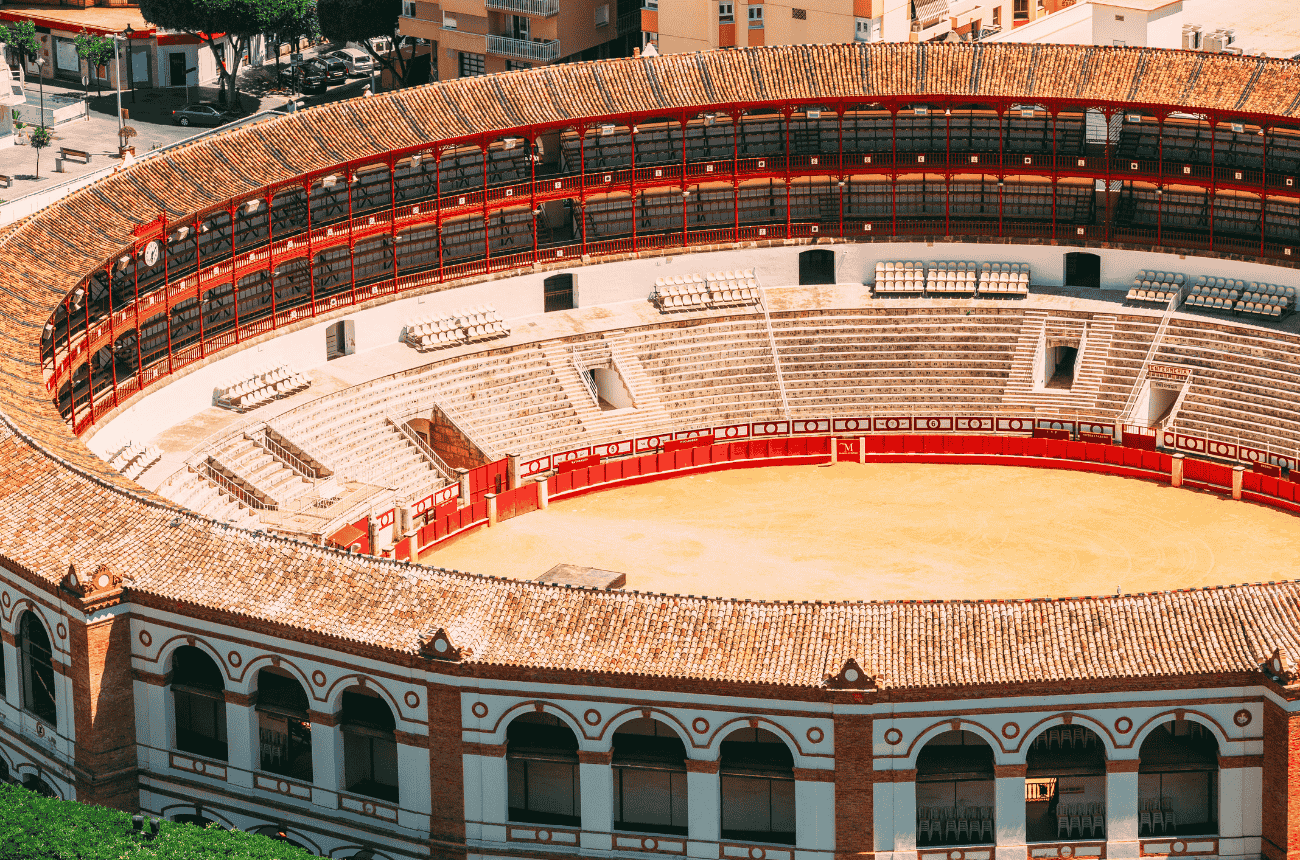
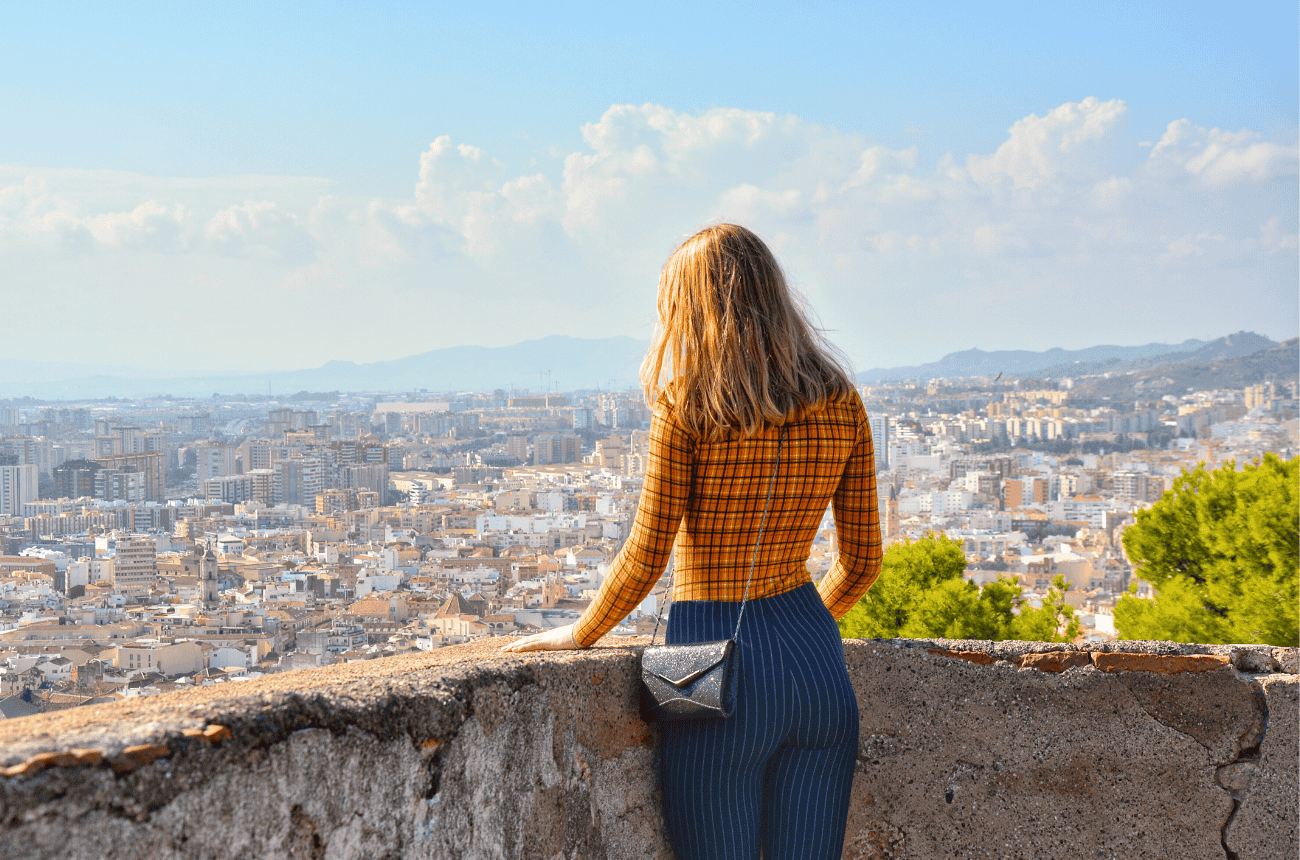
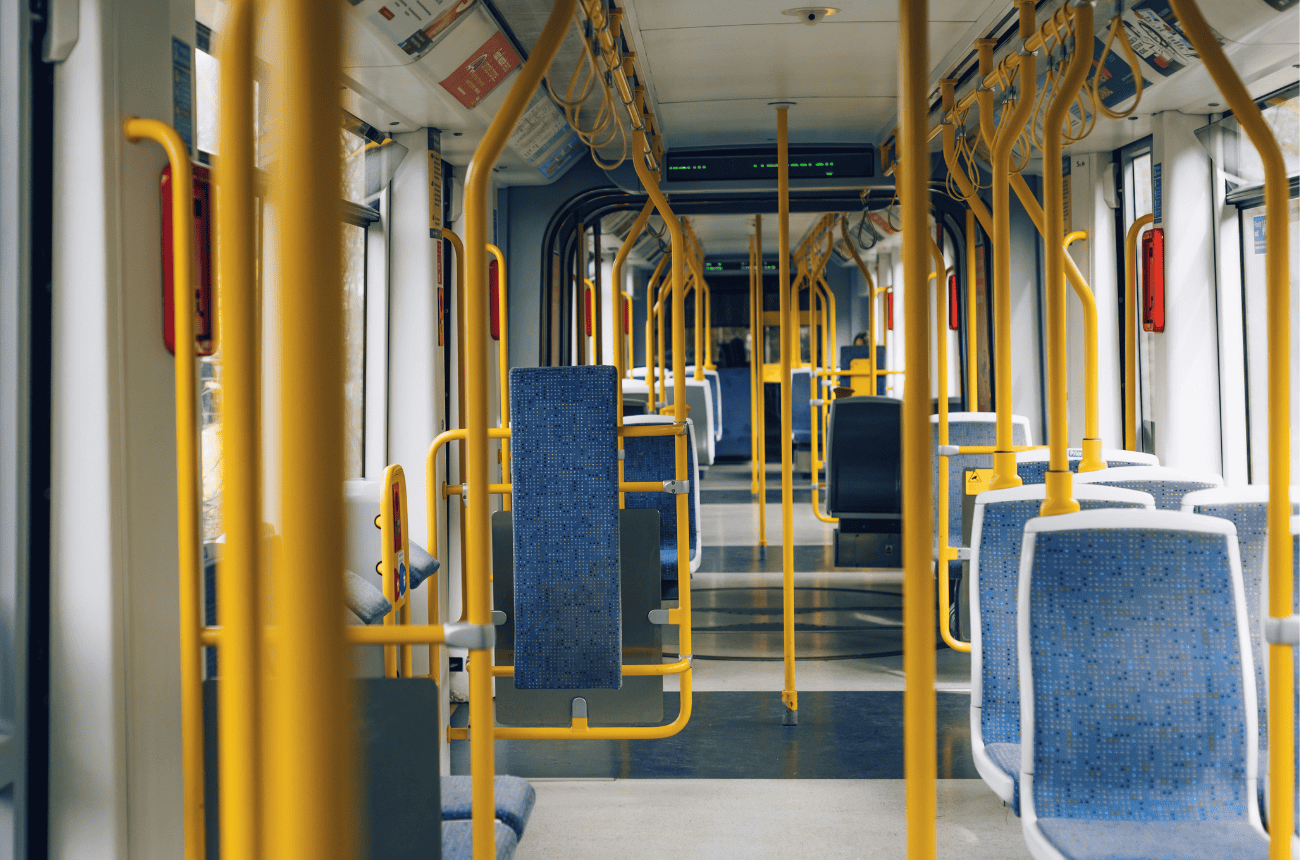

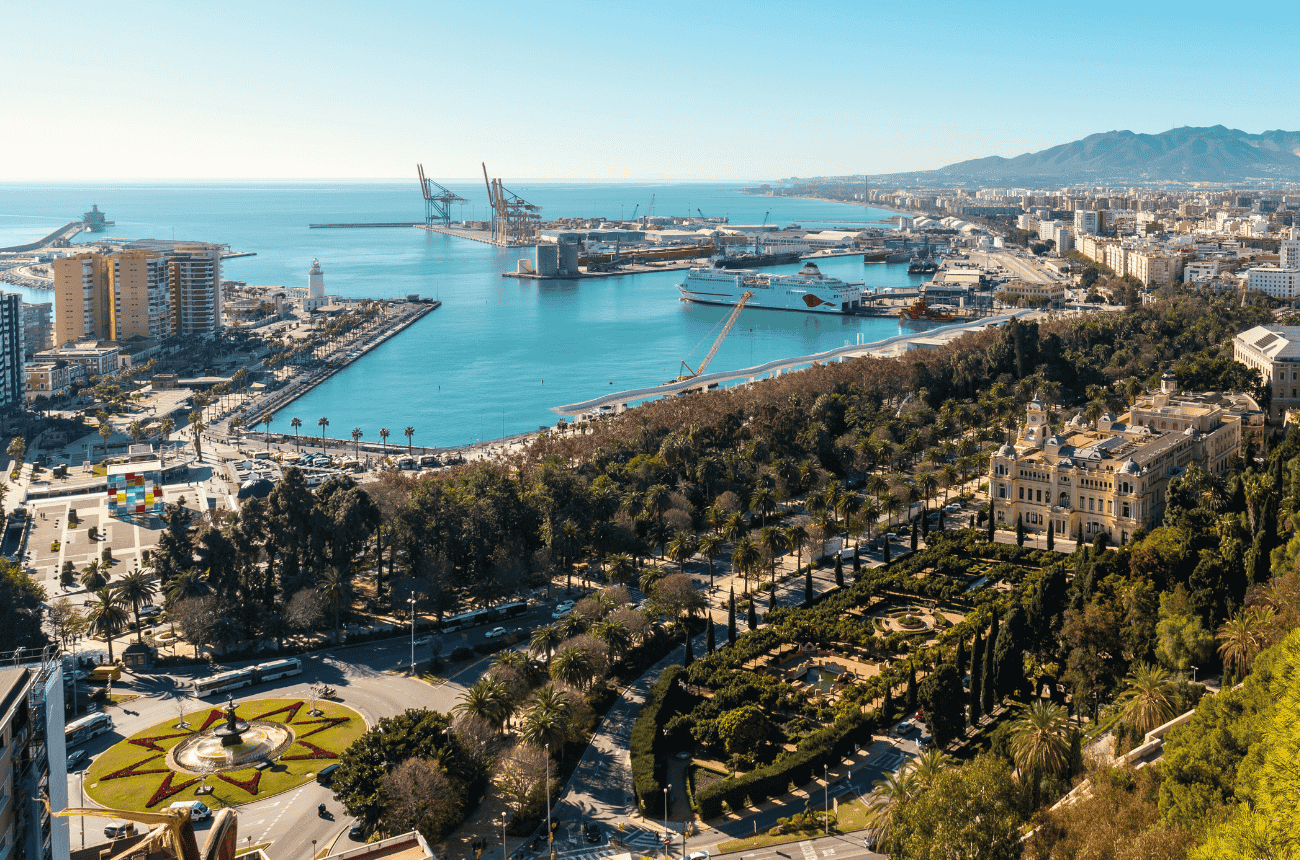
.png)

.png)
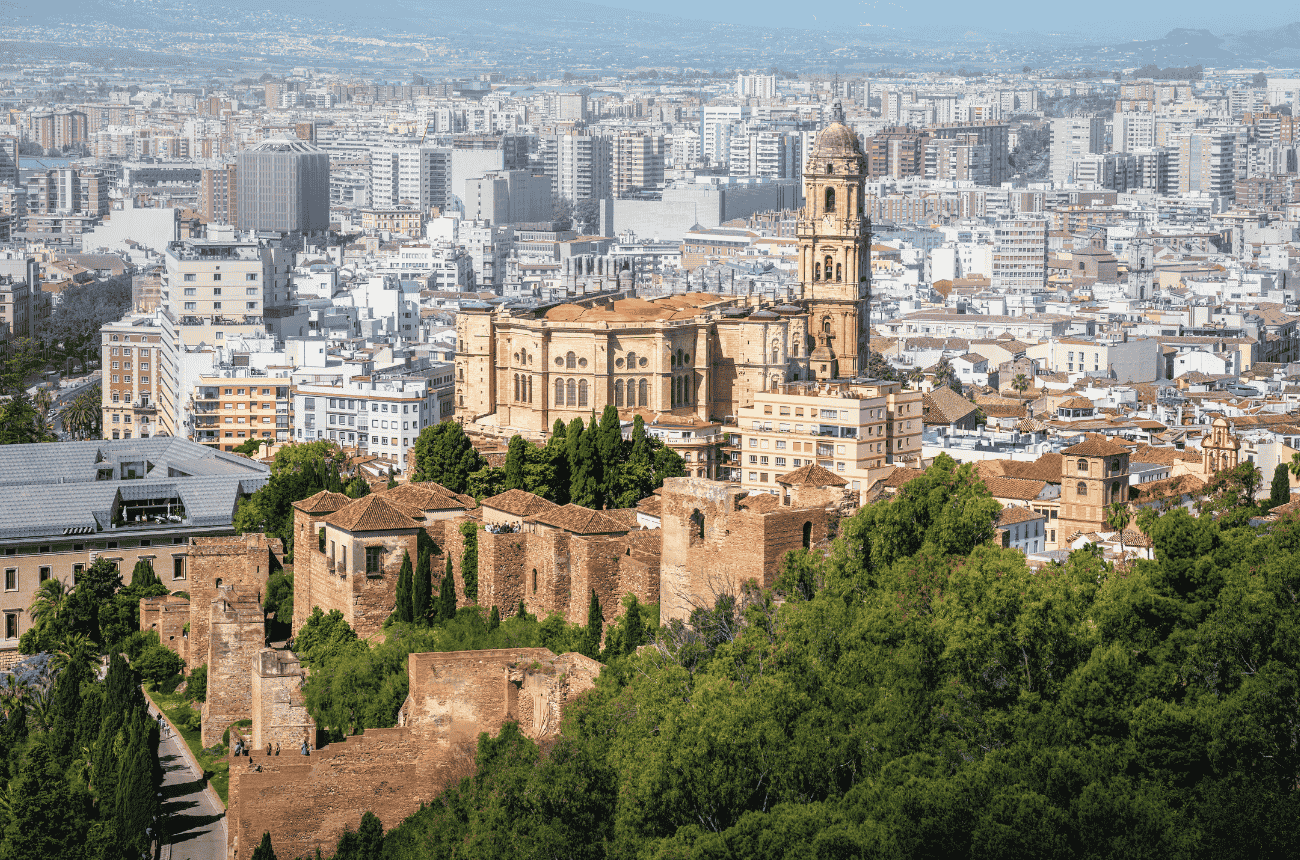
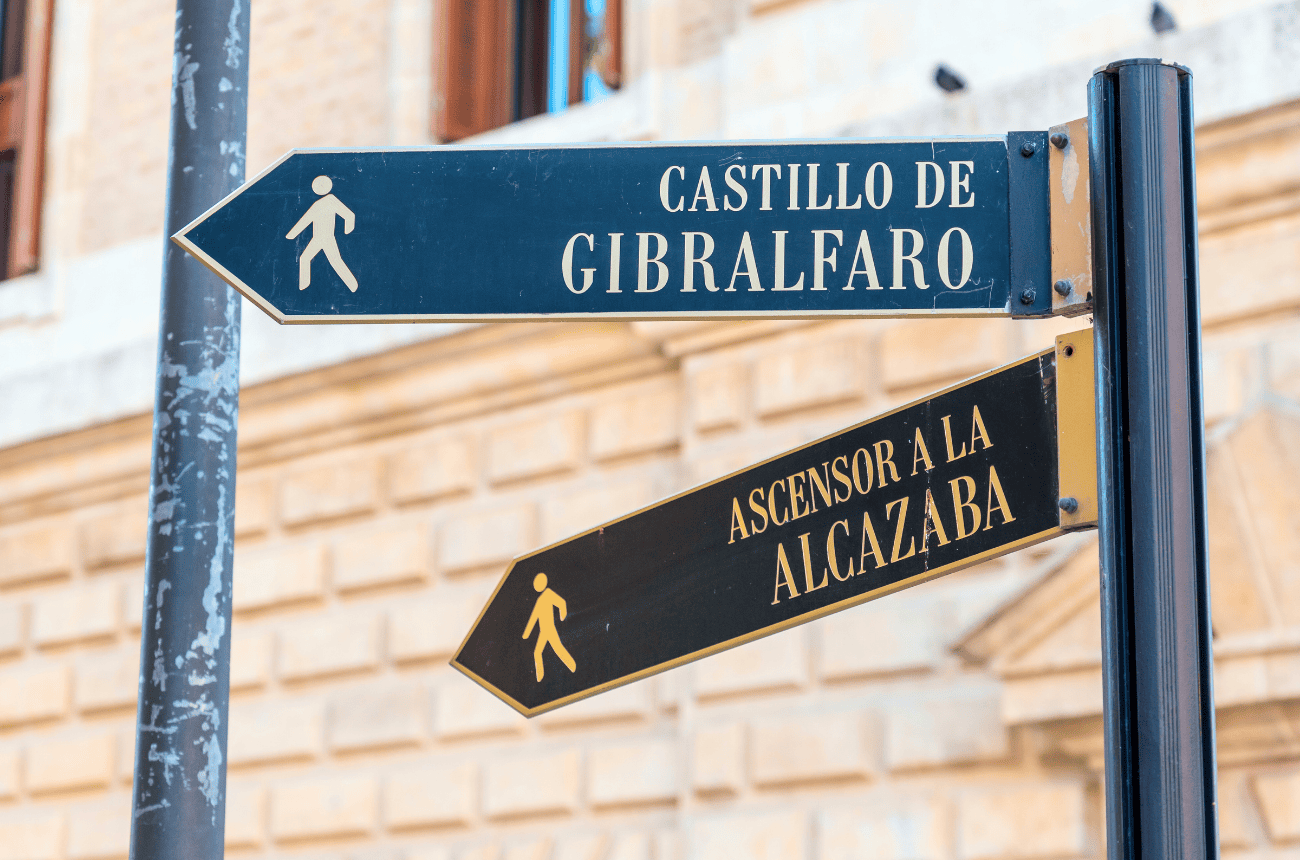
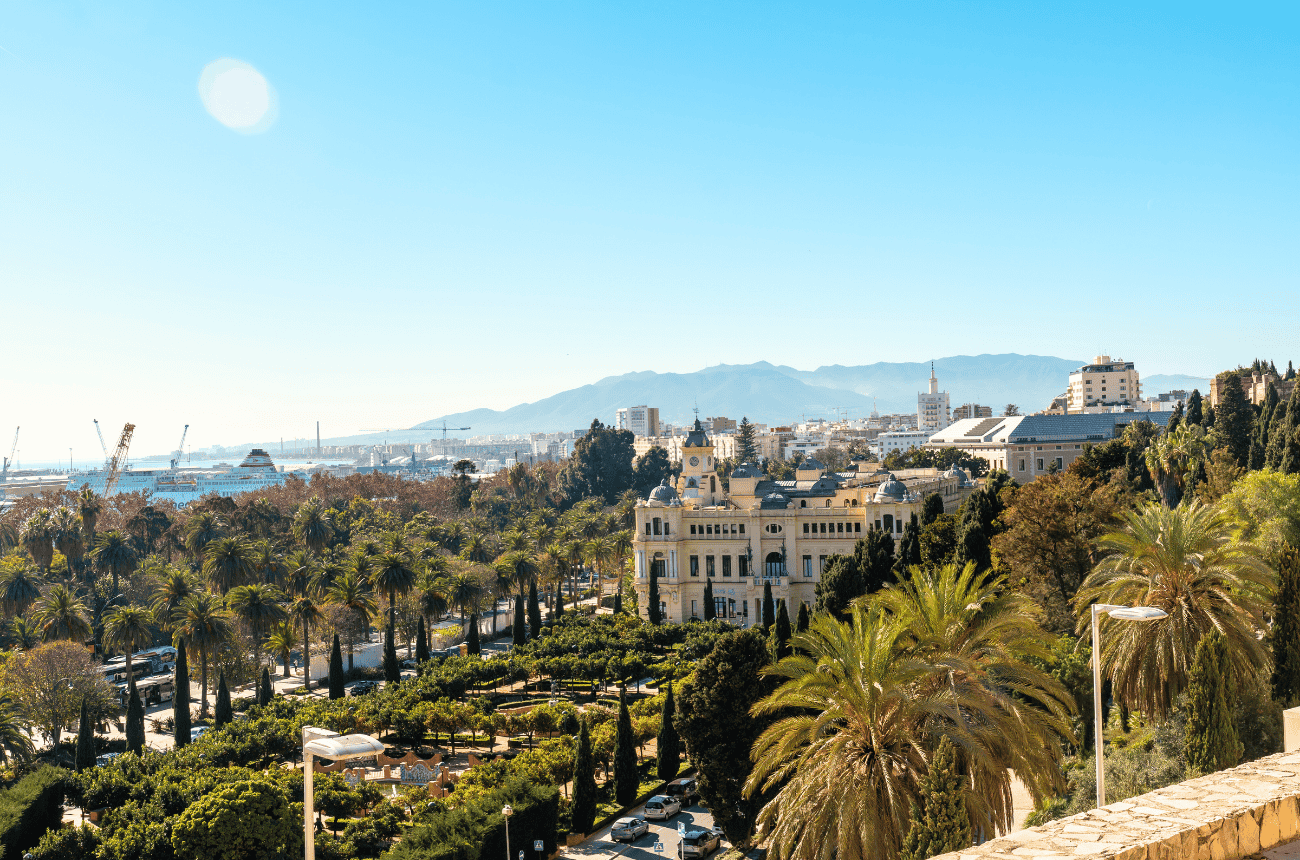

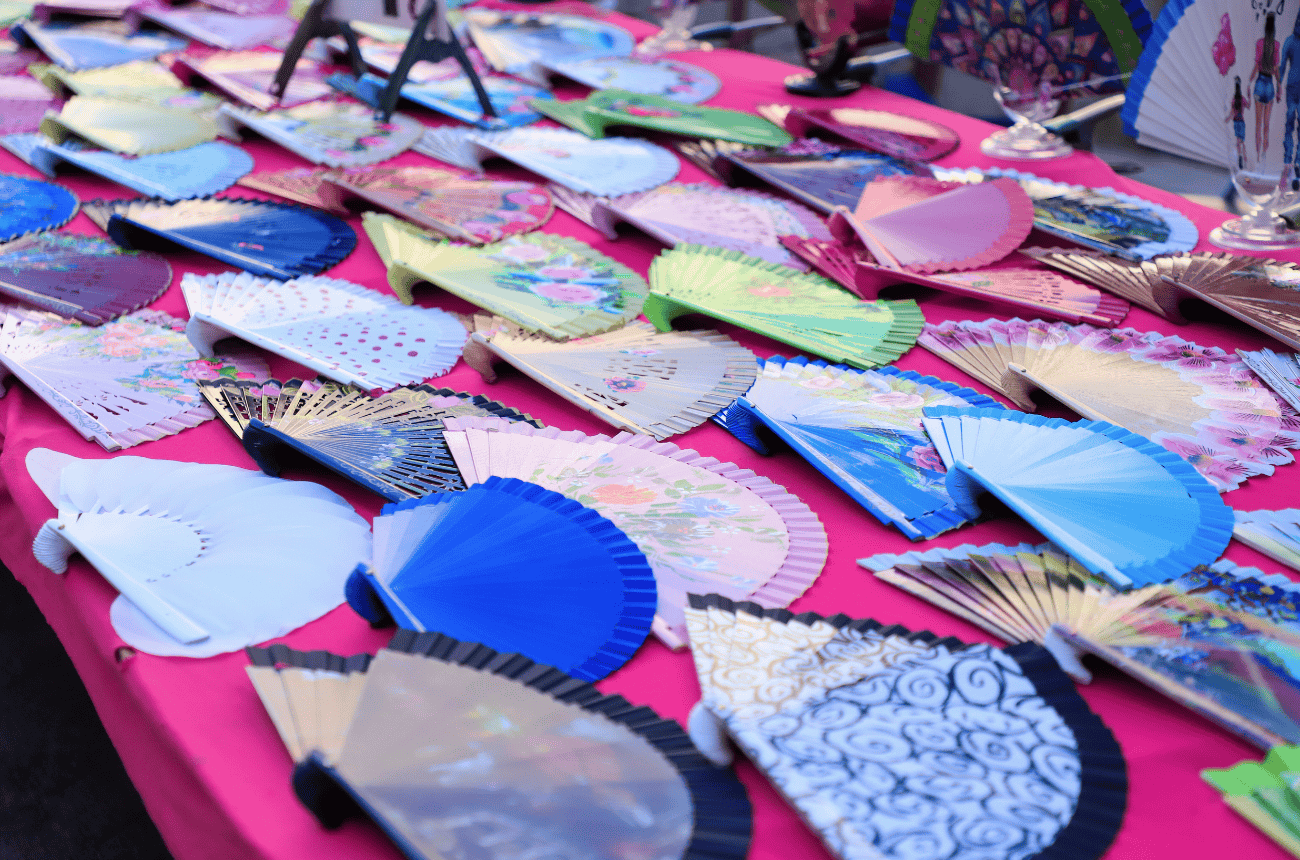
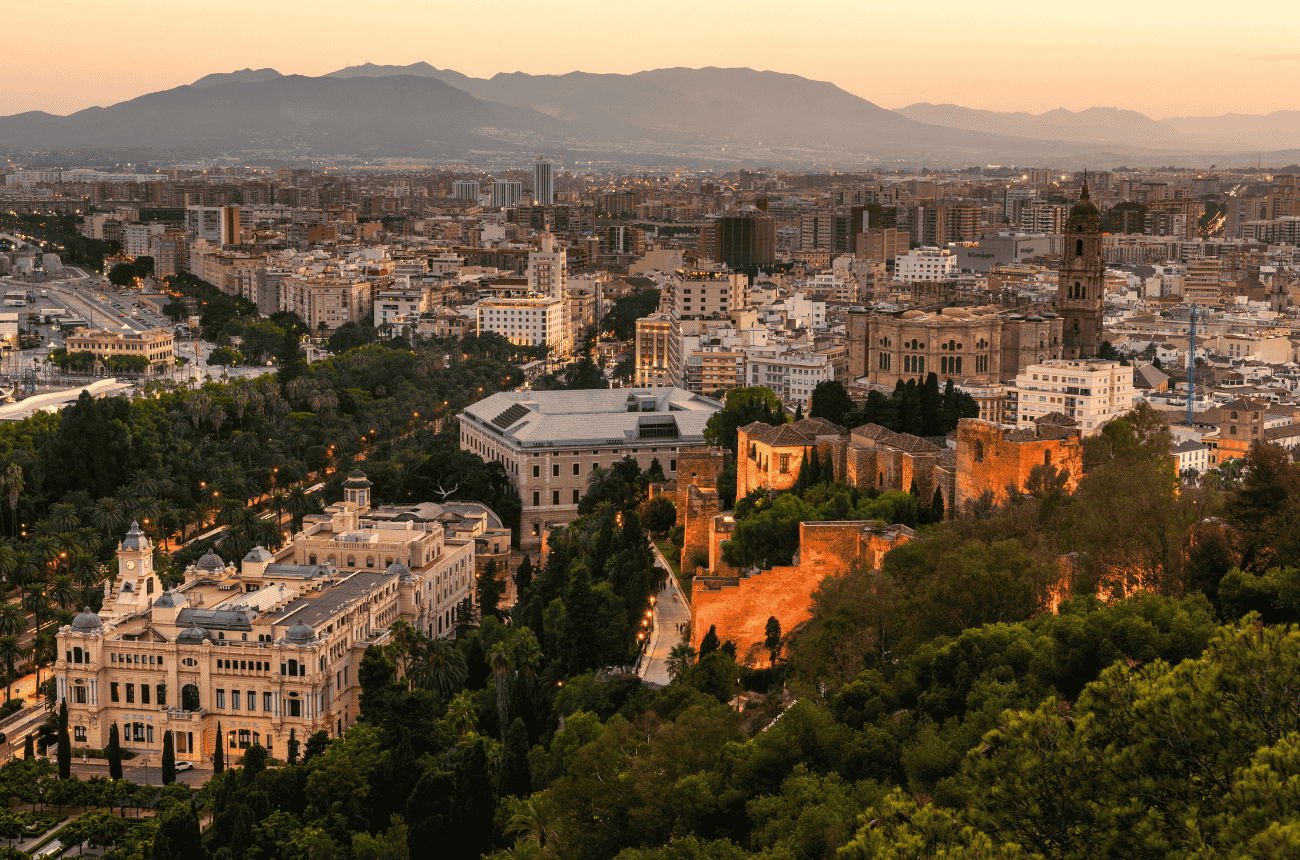


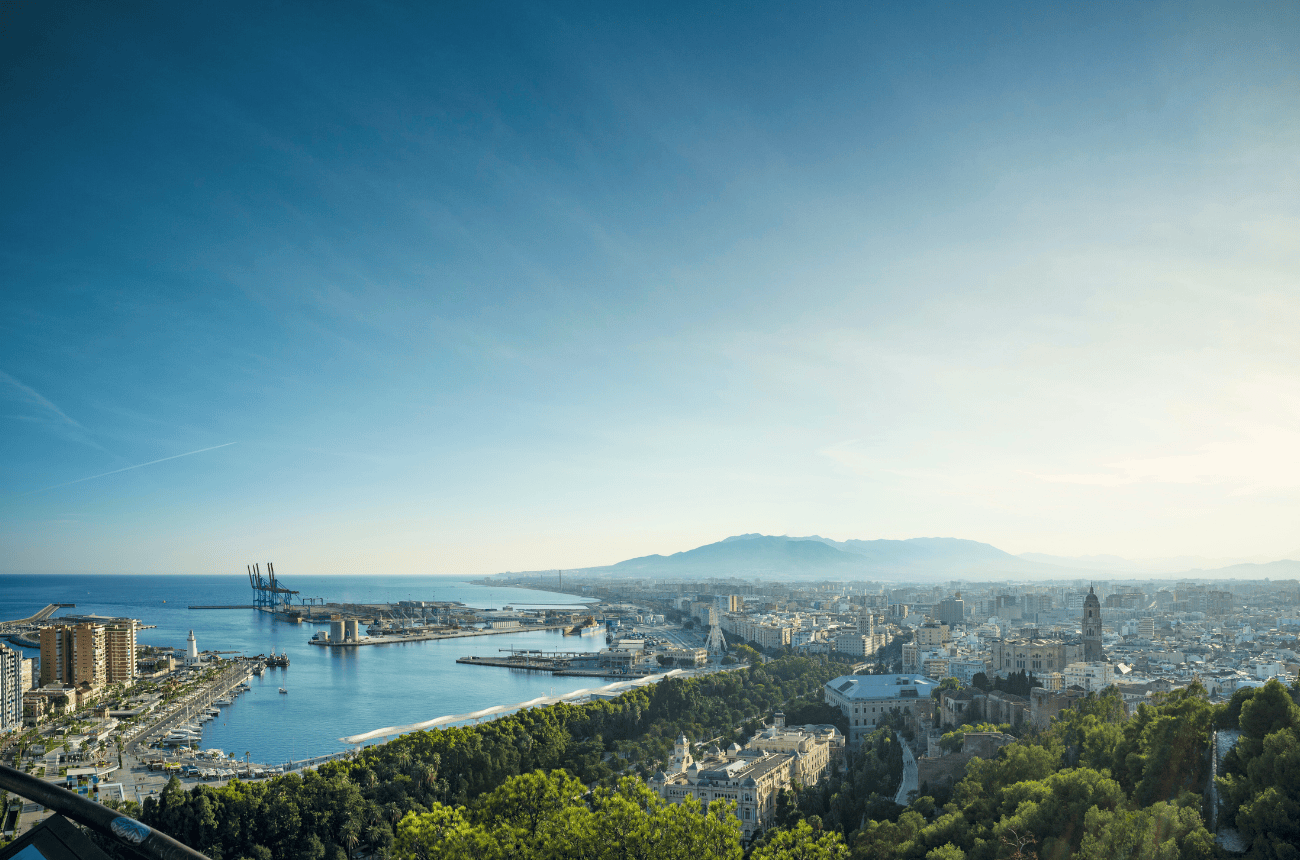
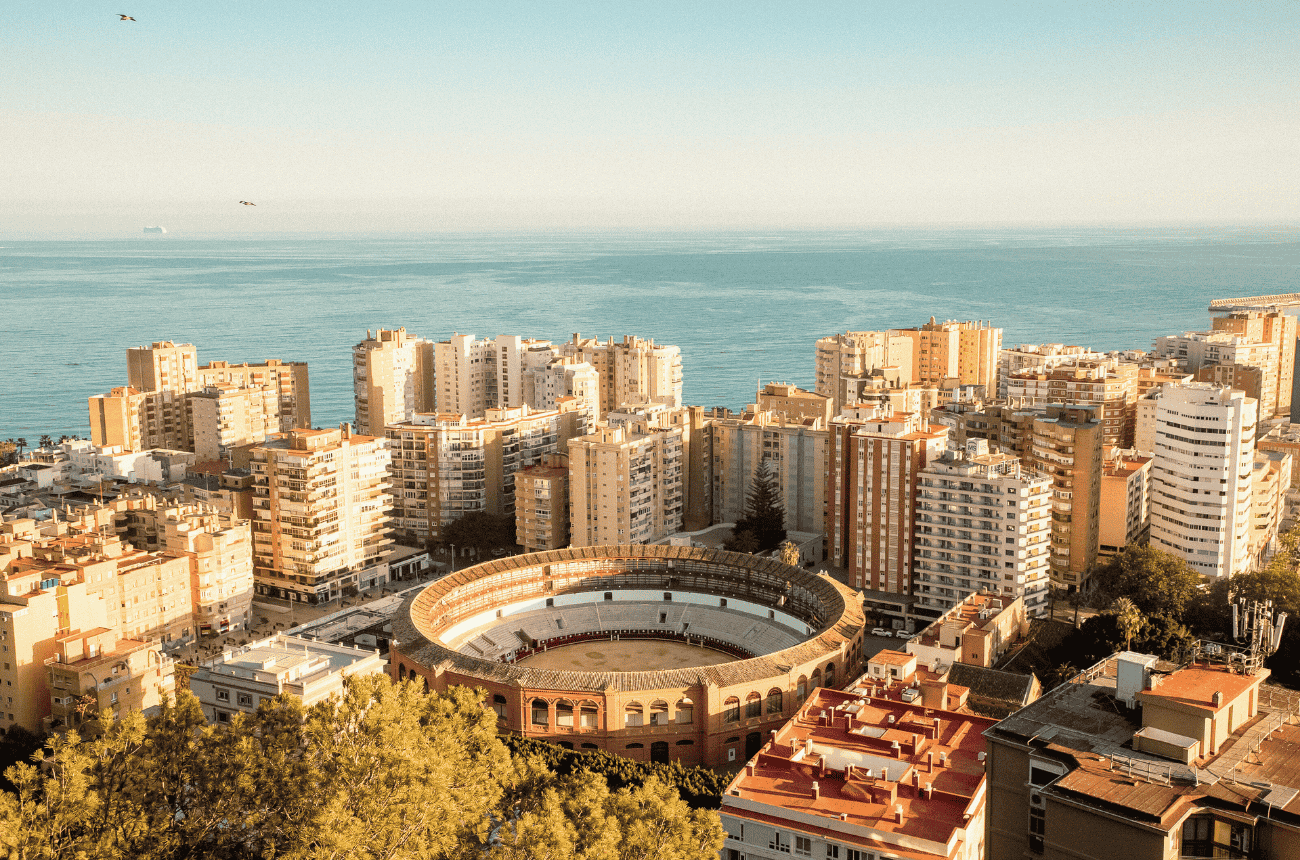

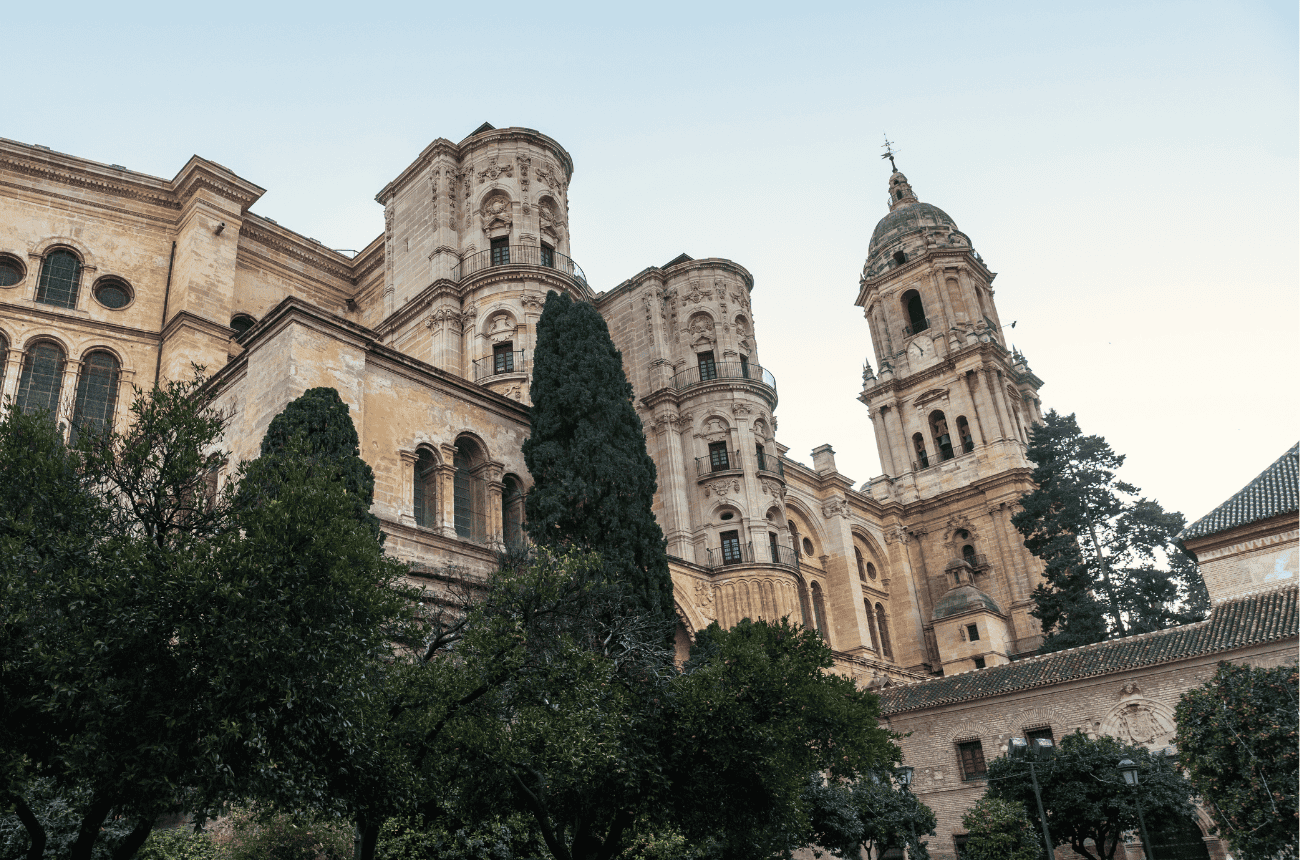
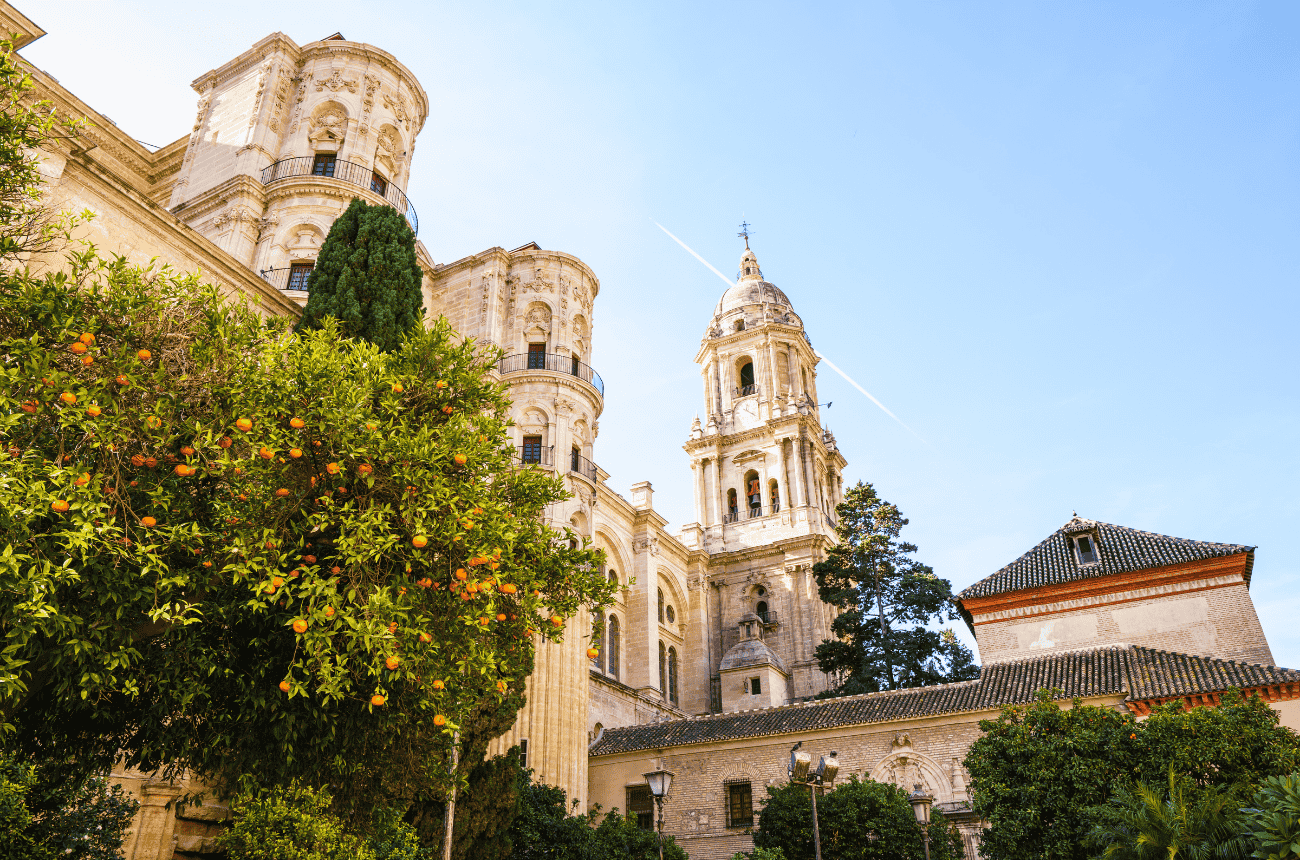
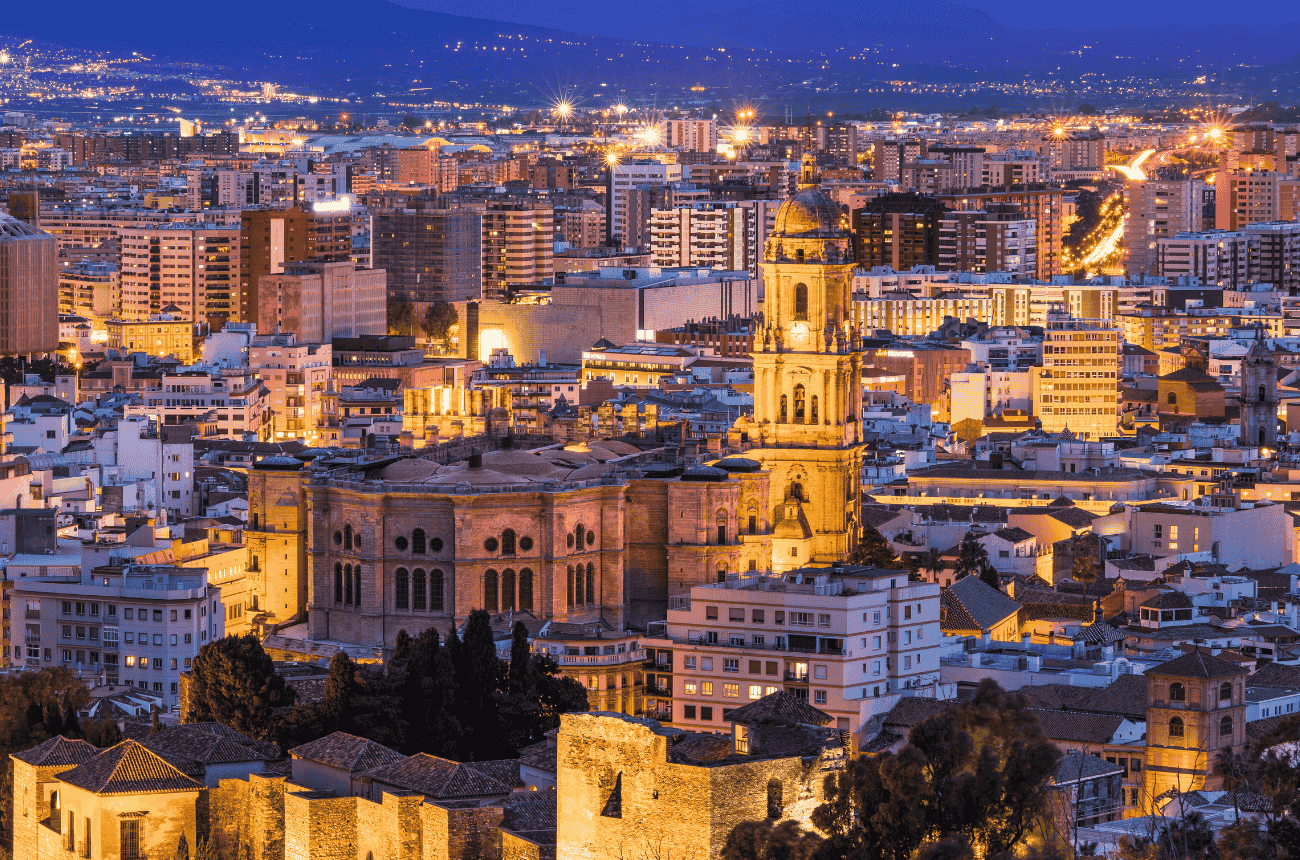
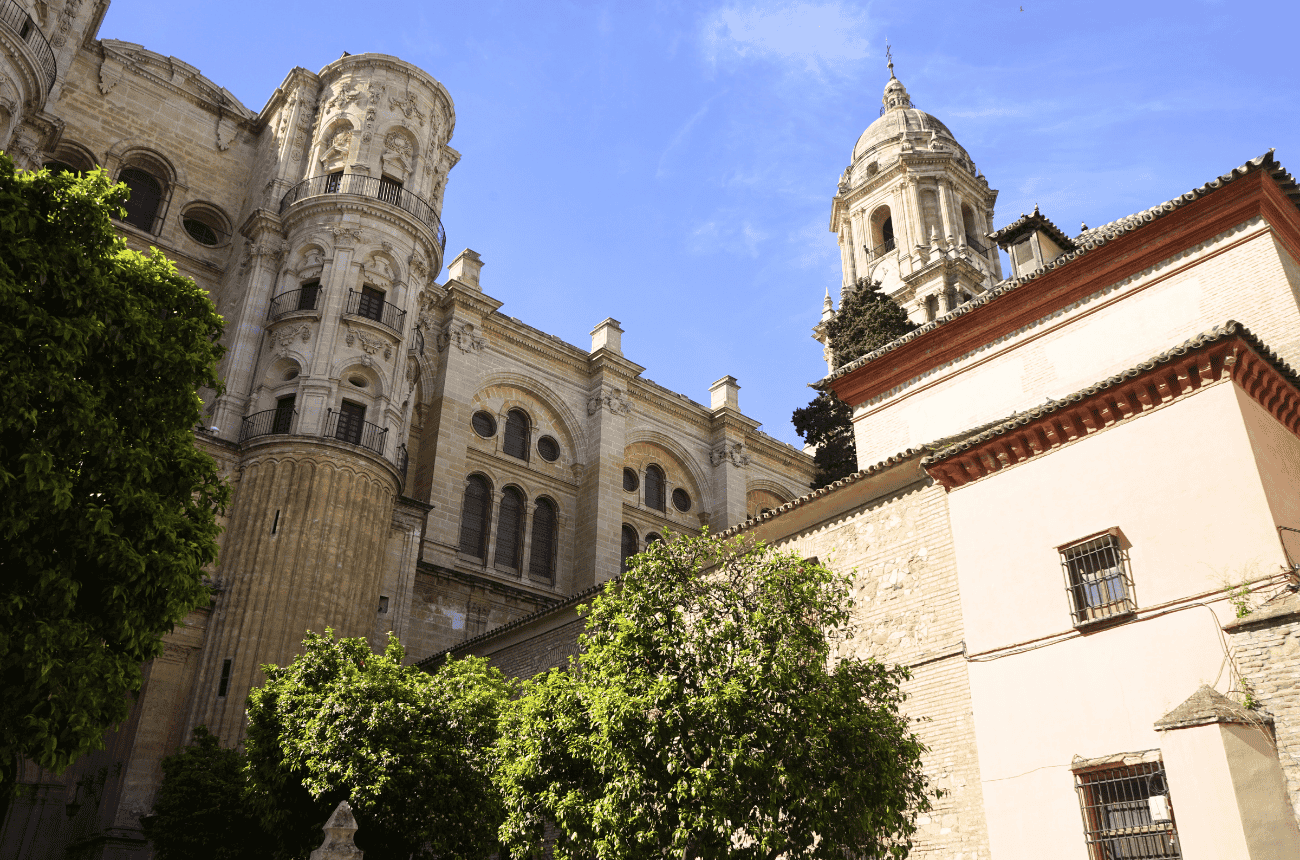
.png)
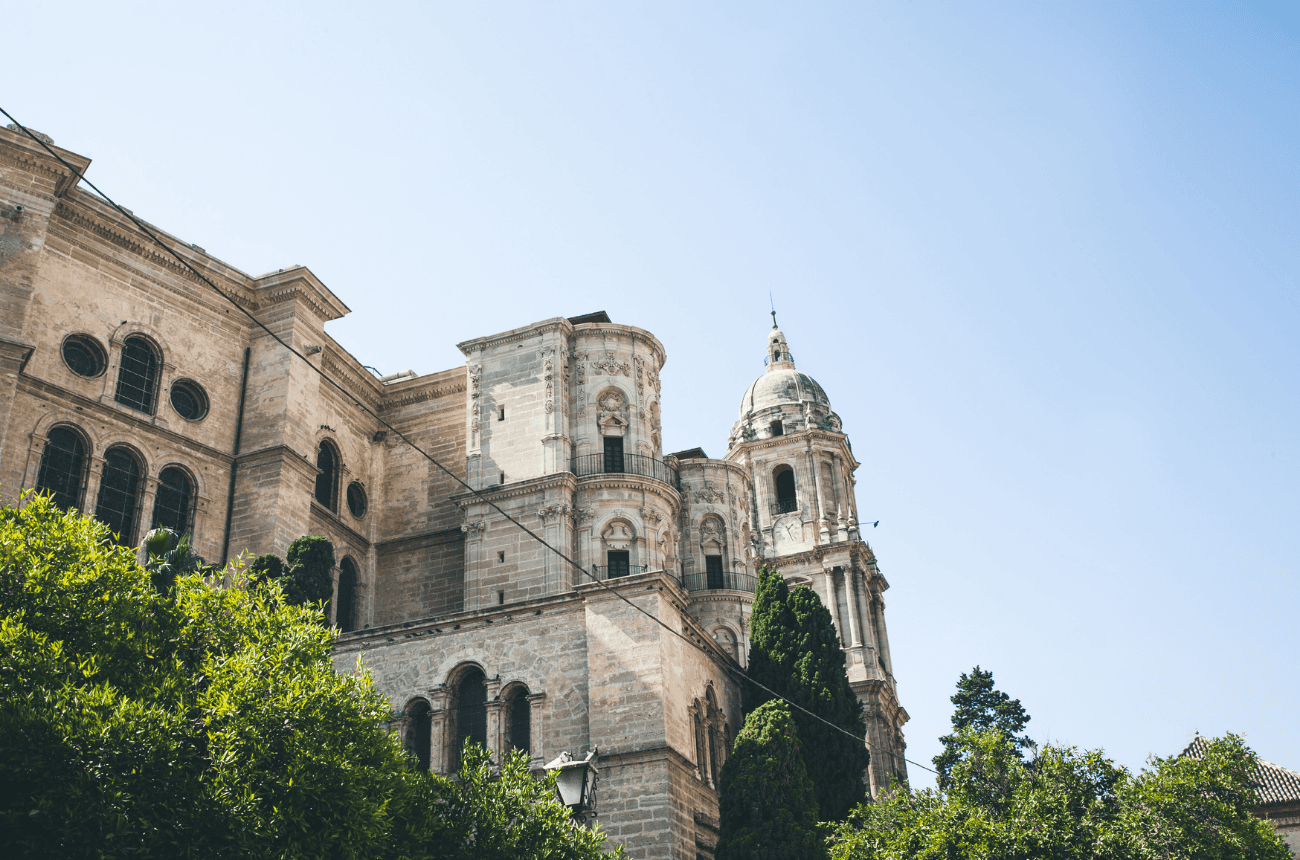
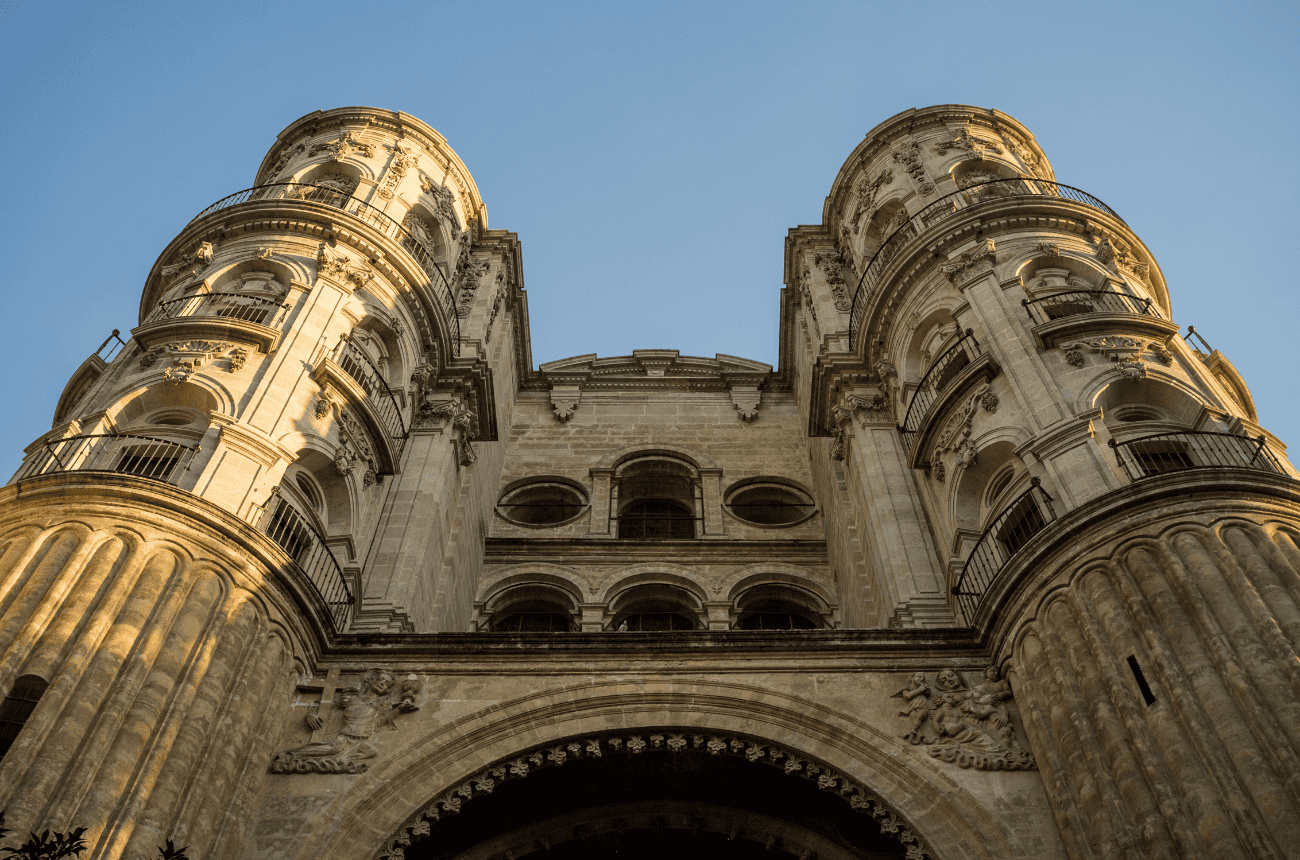
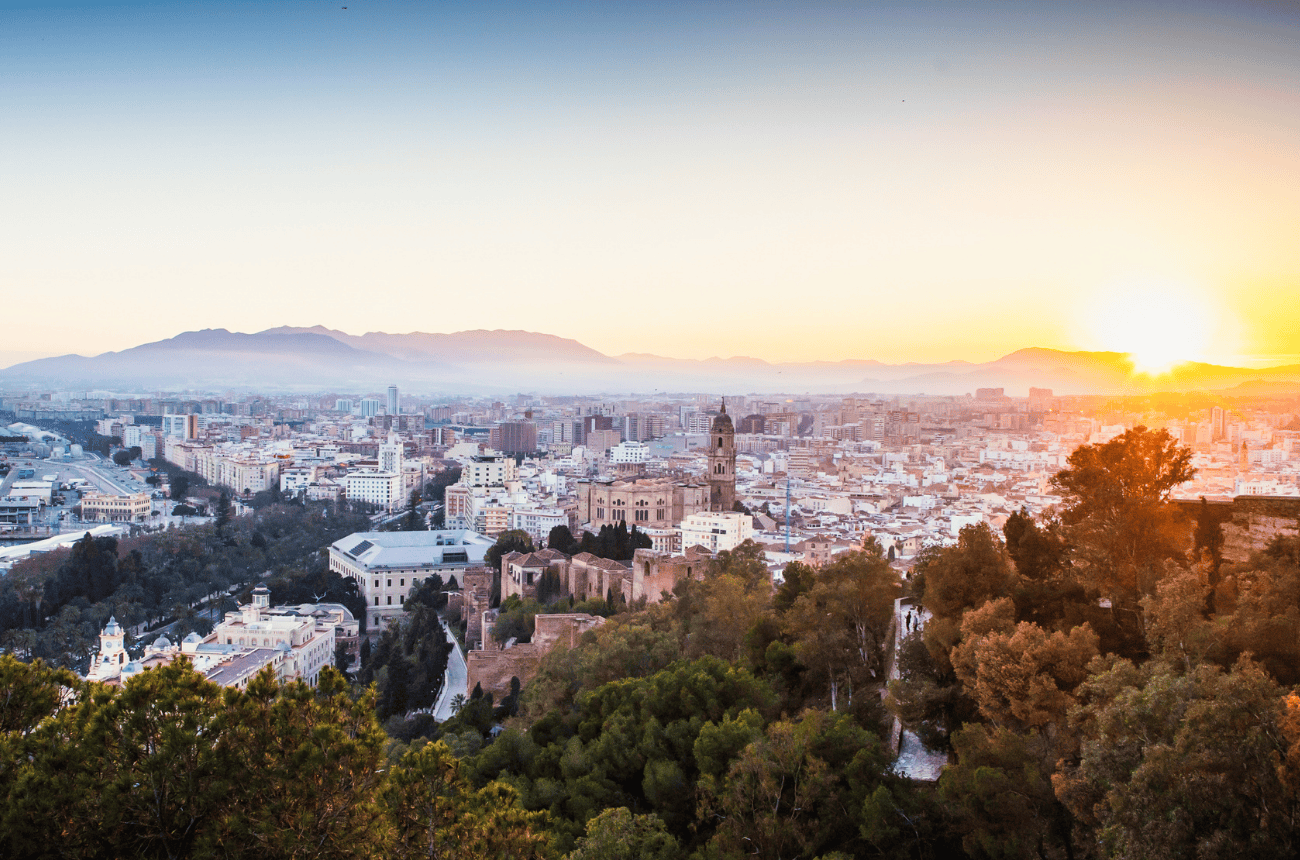
.png)
.png)
